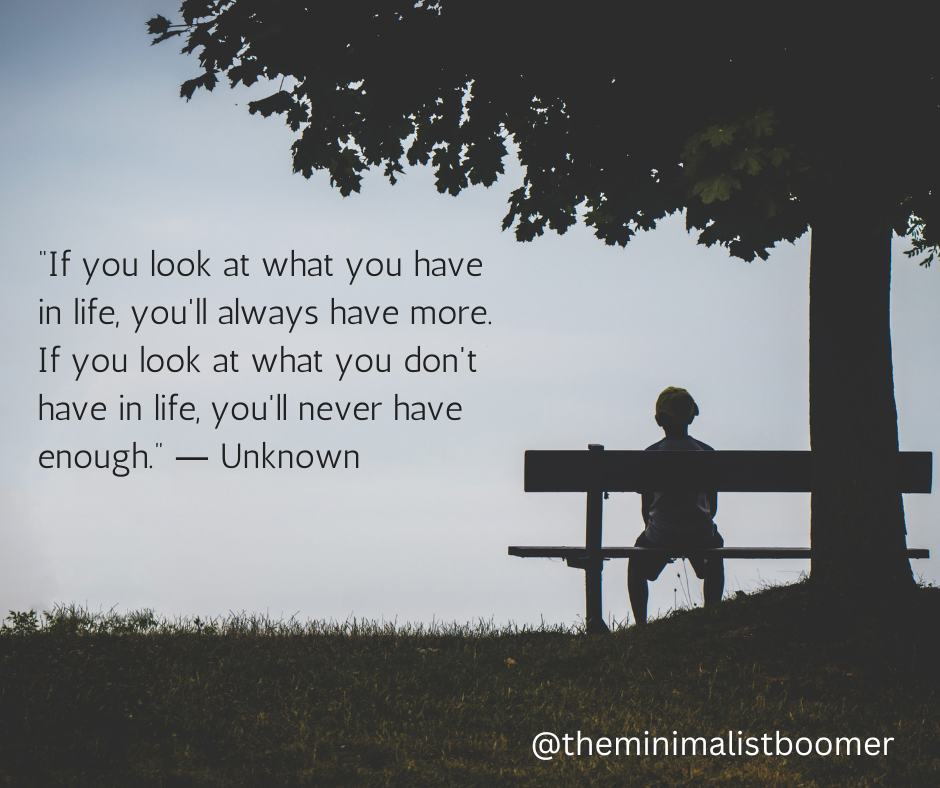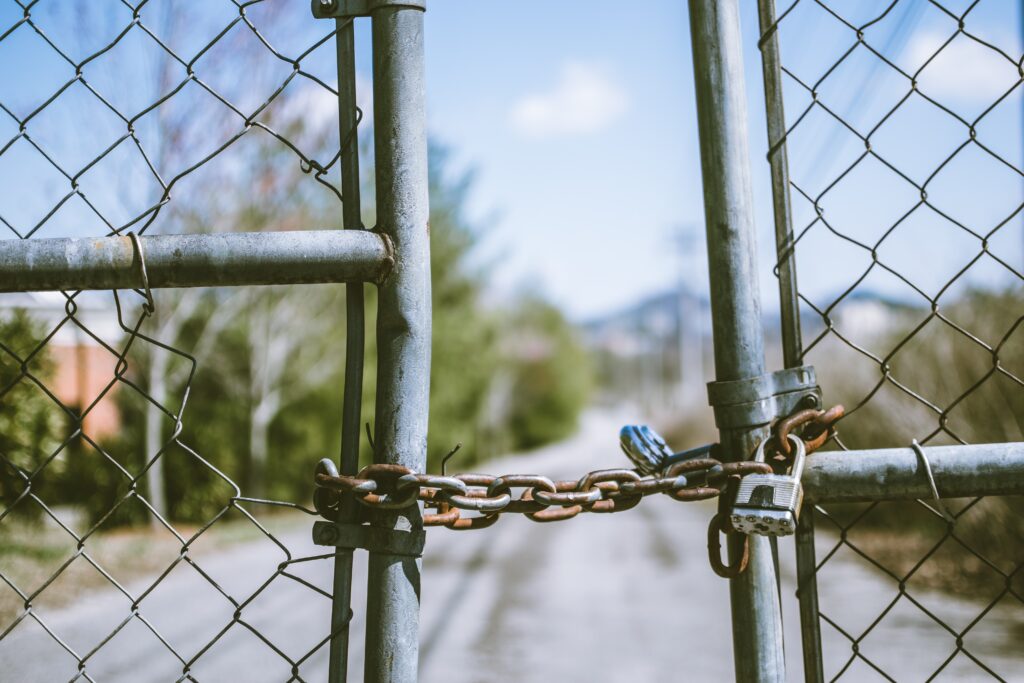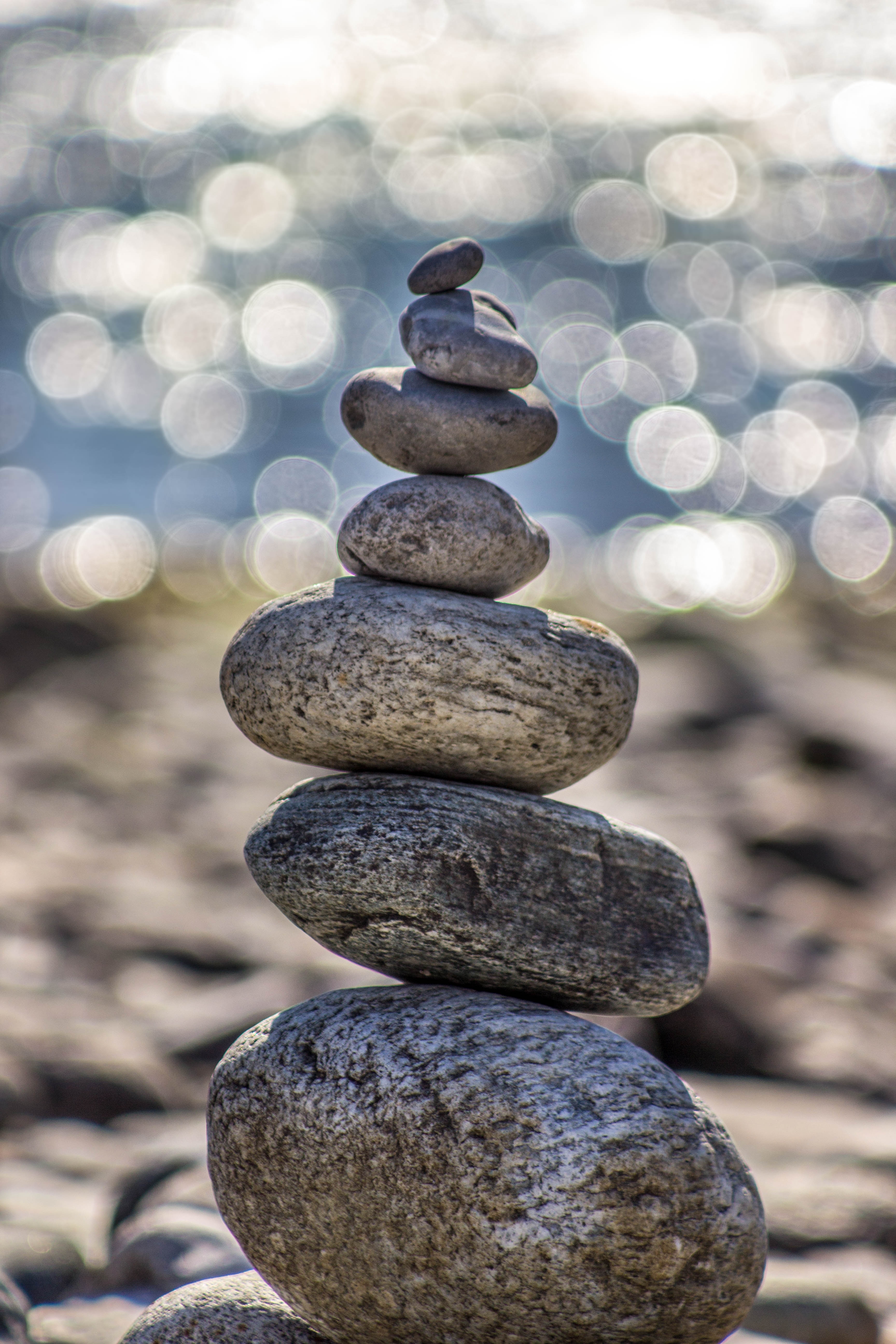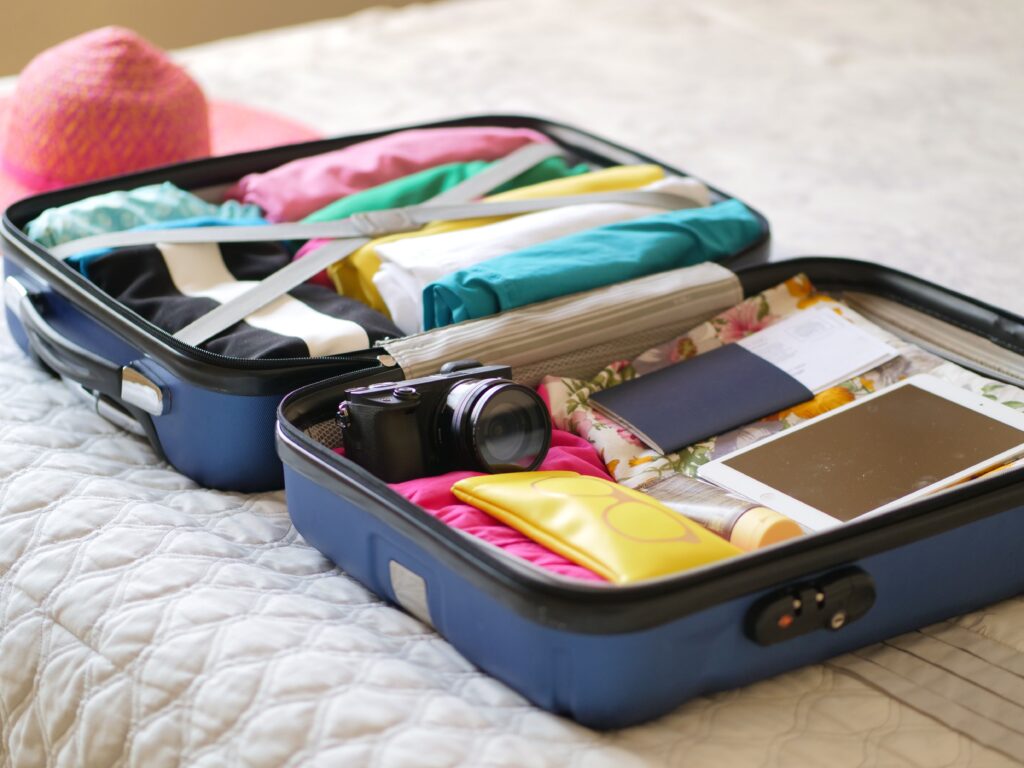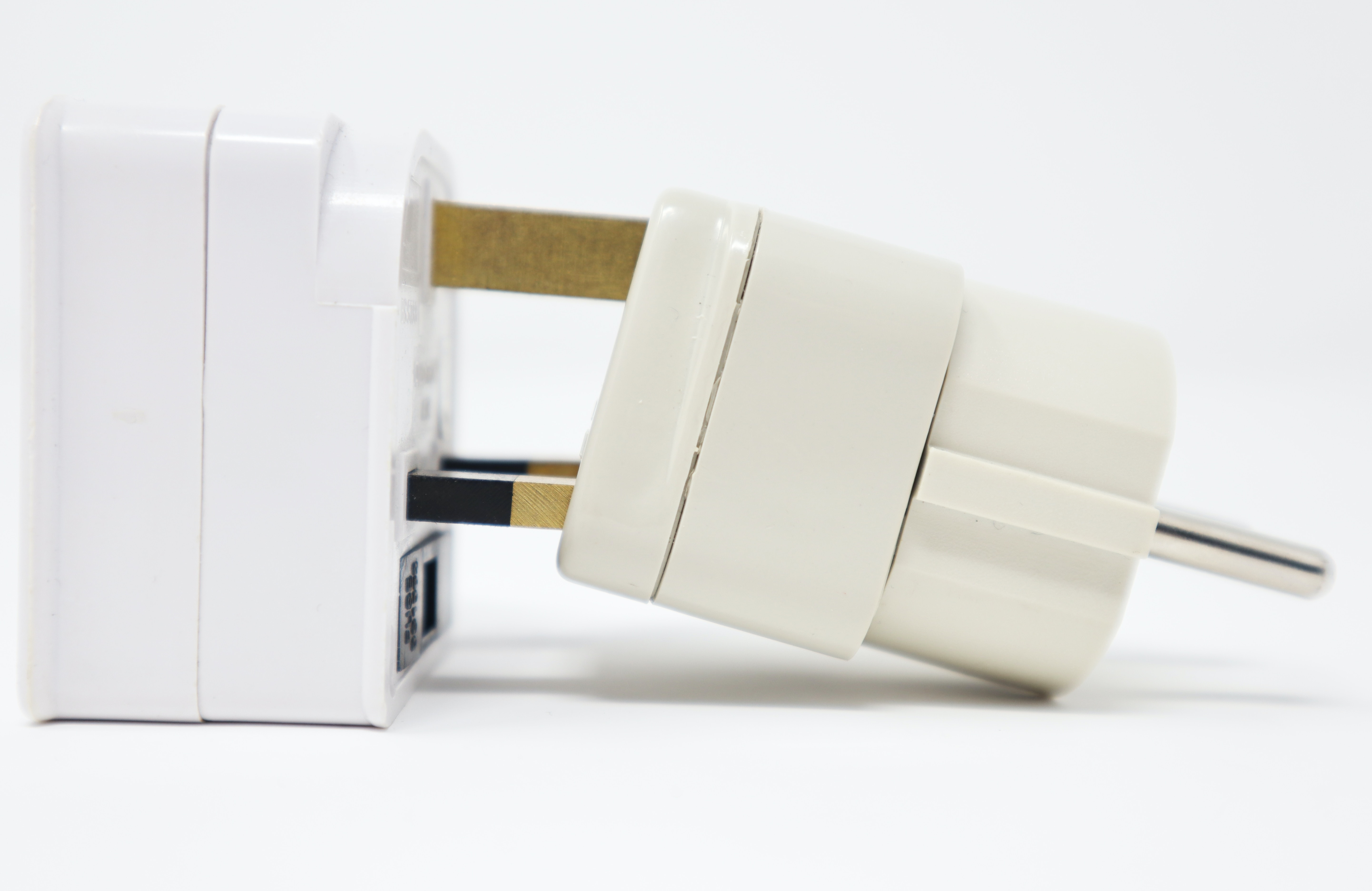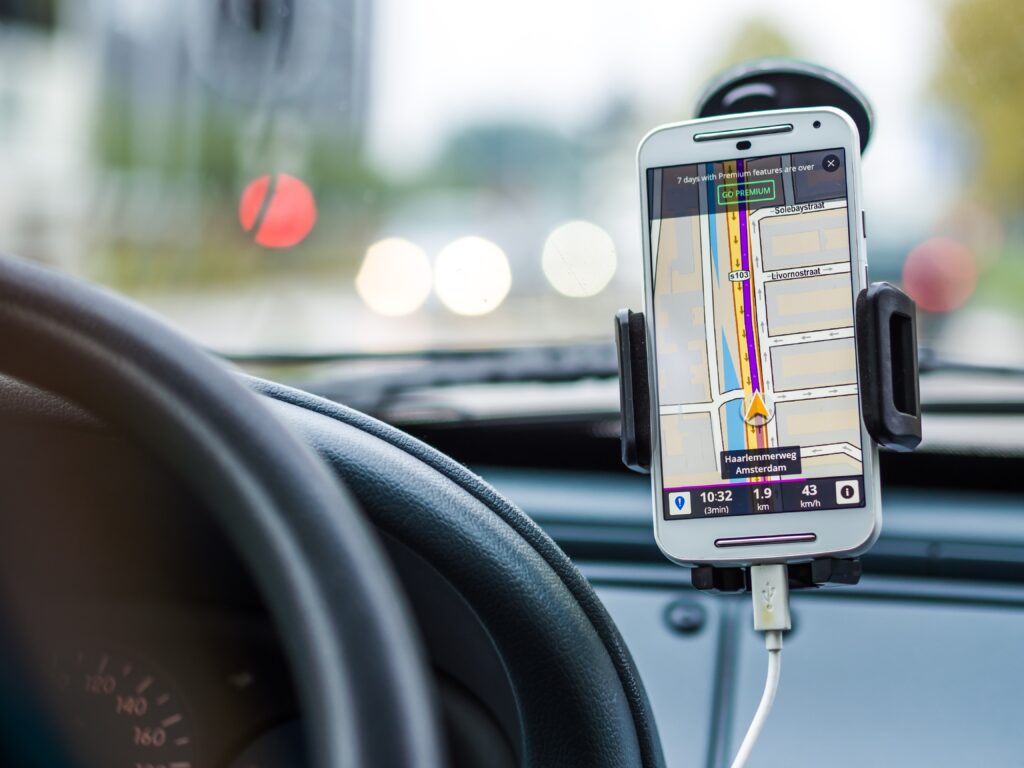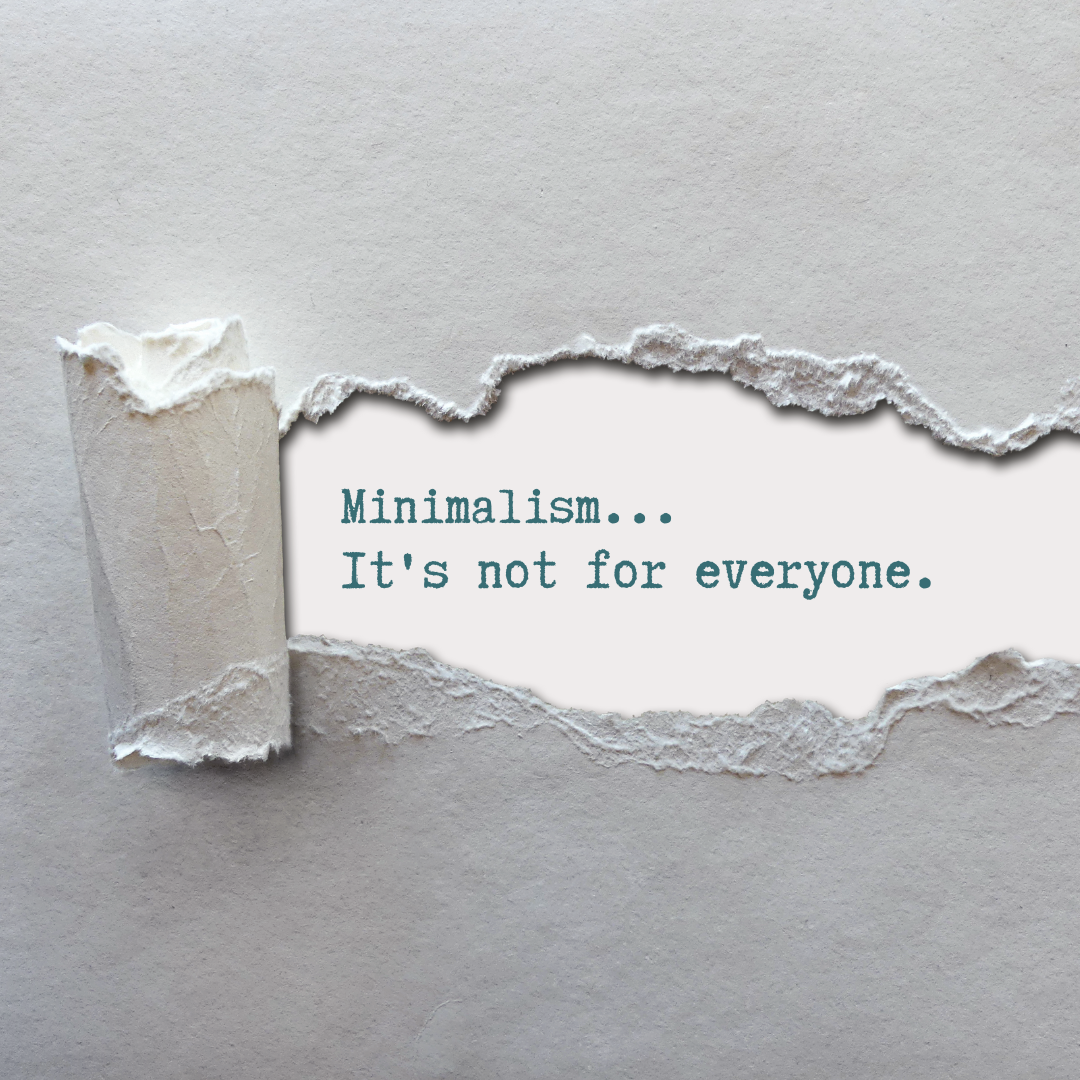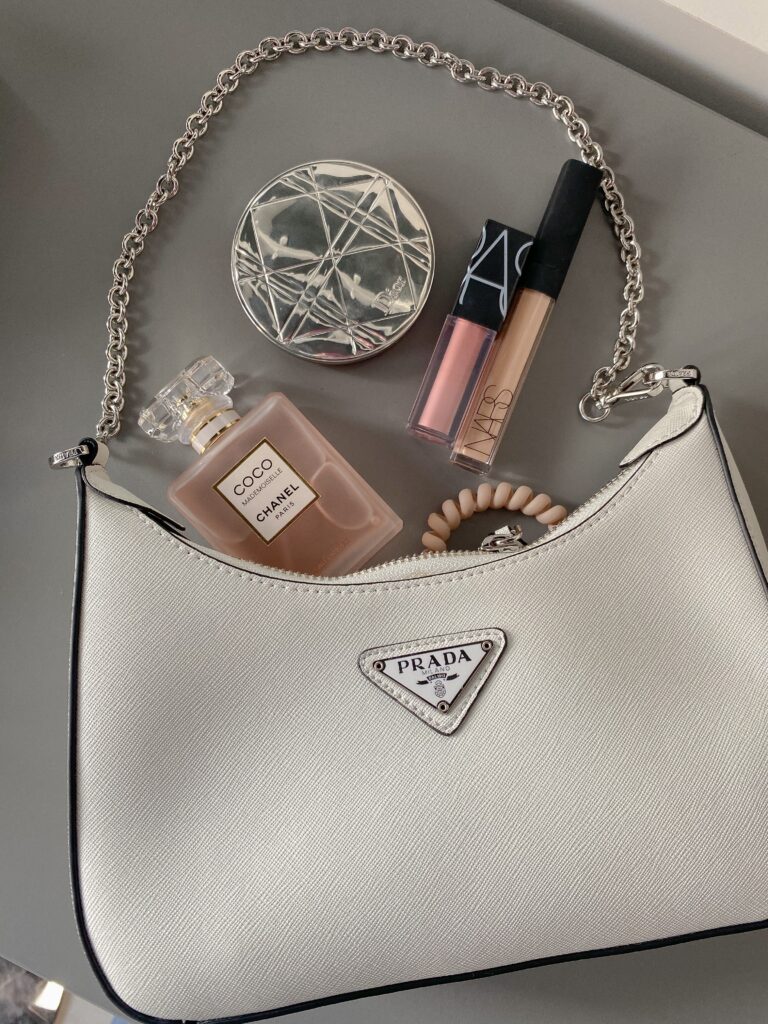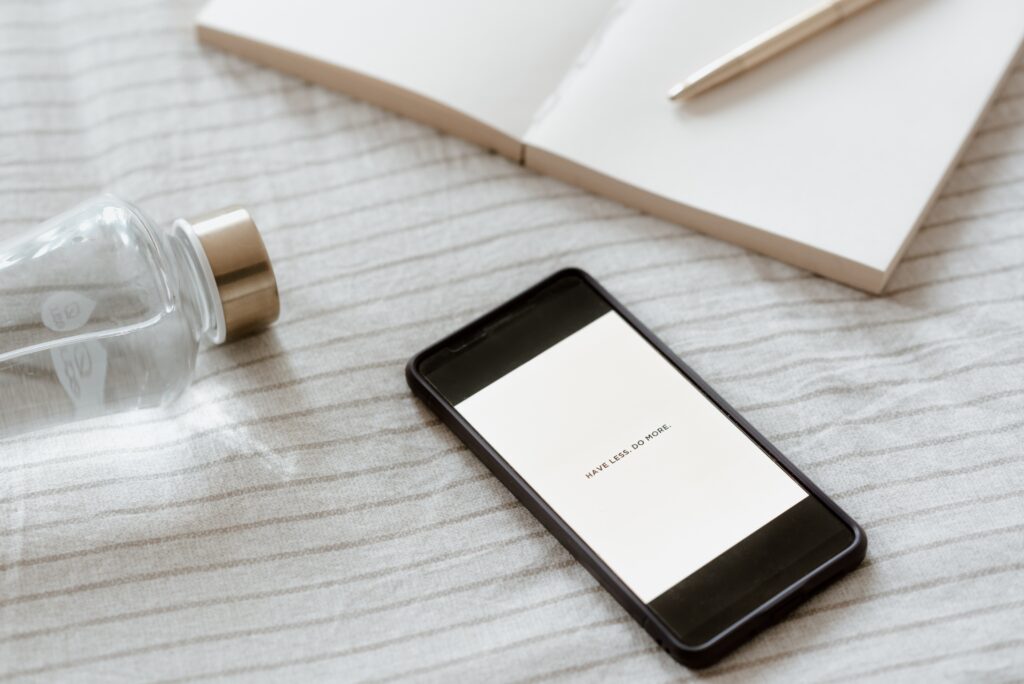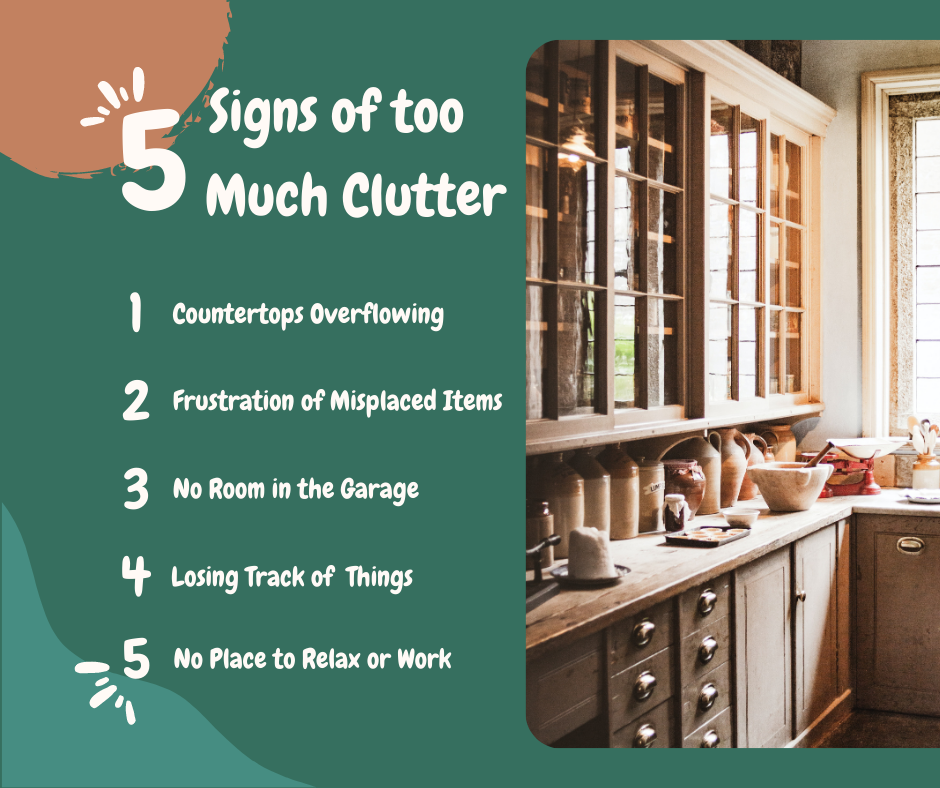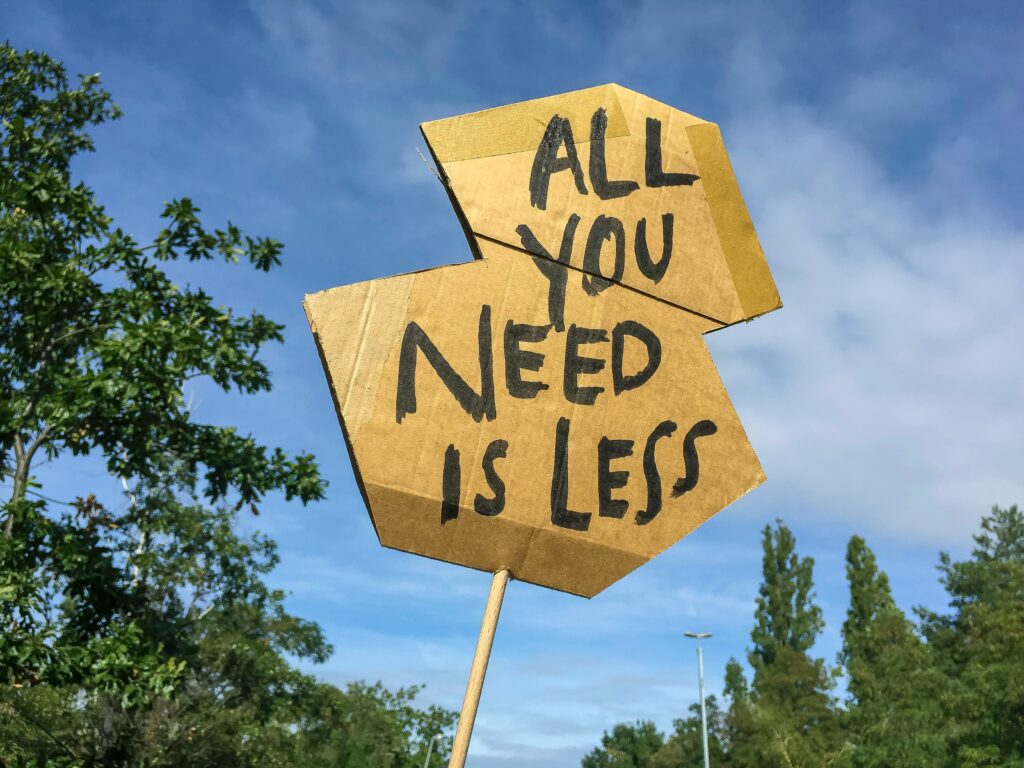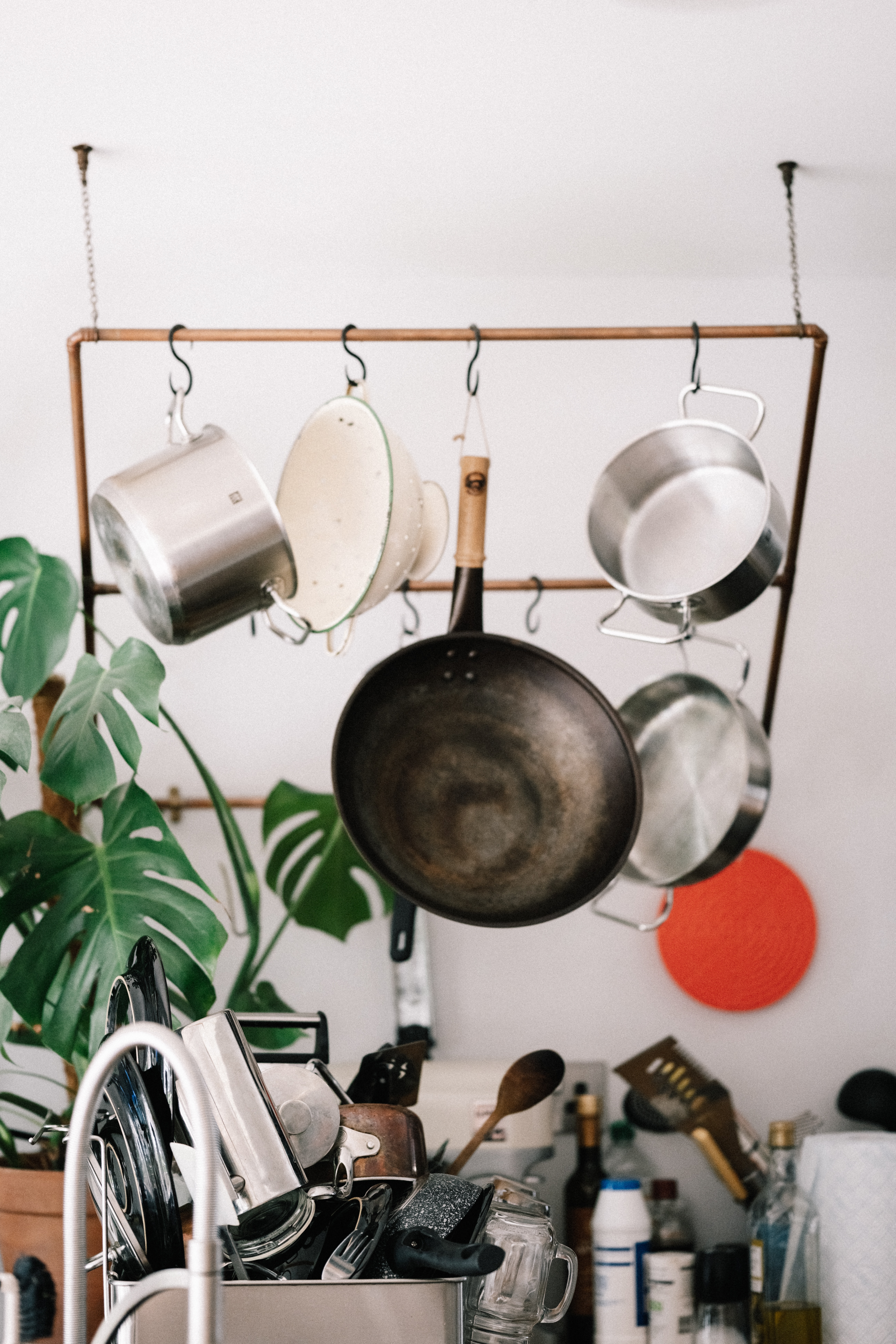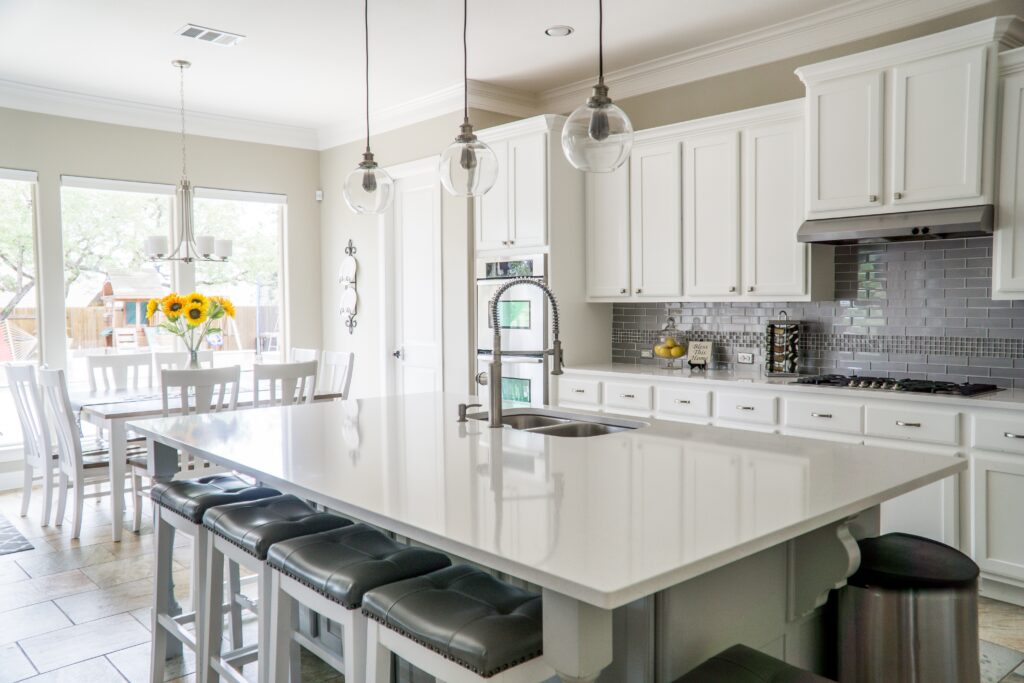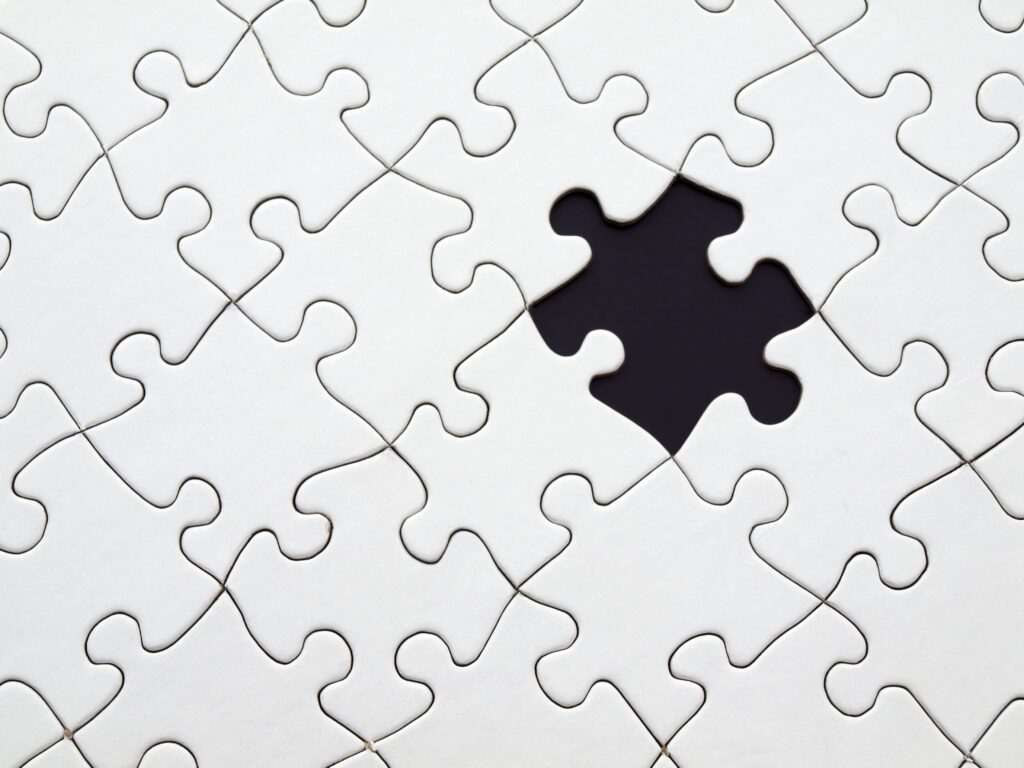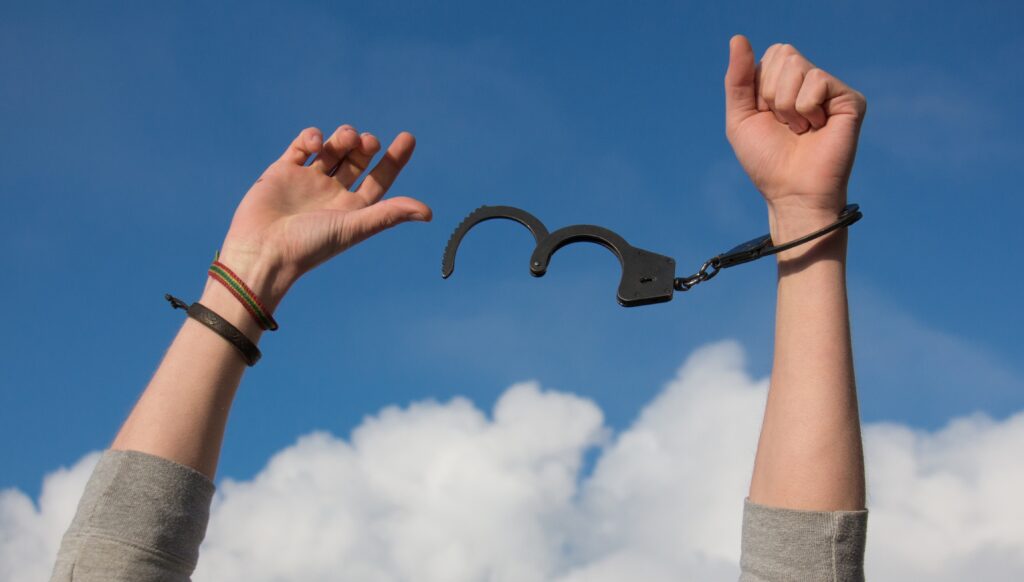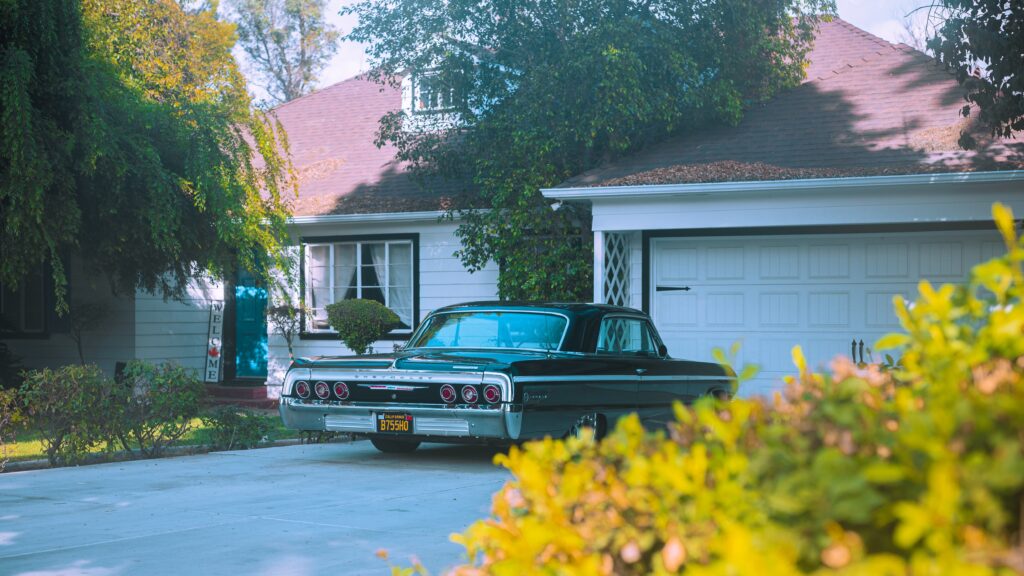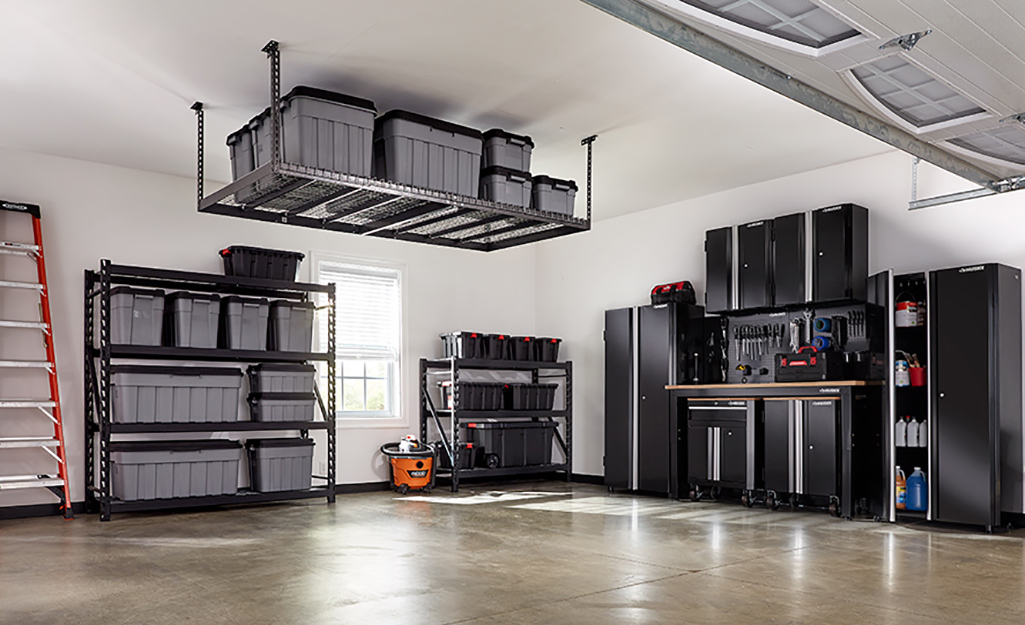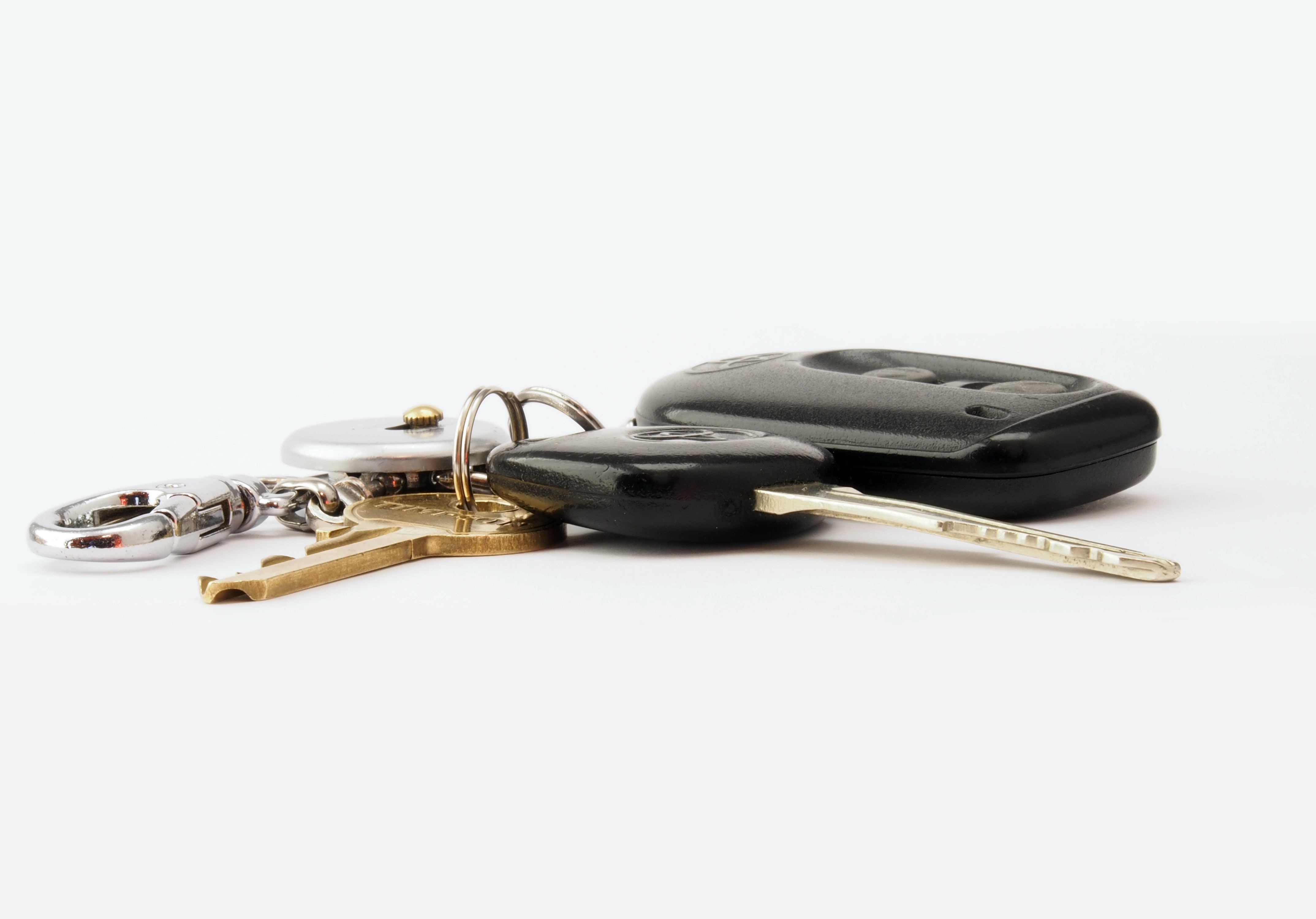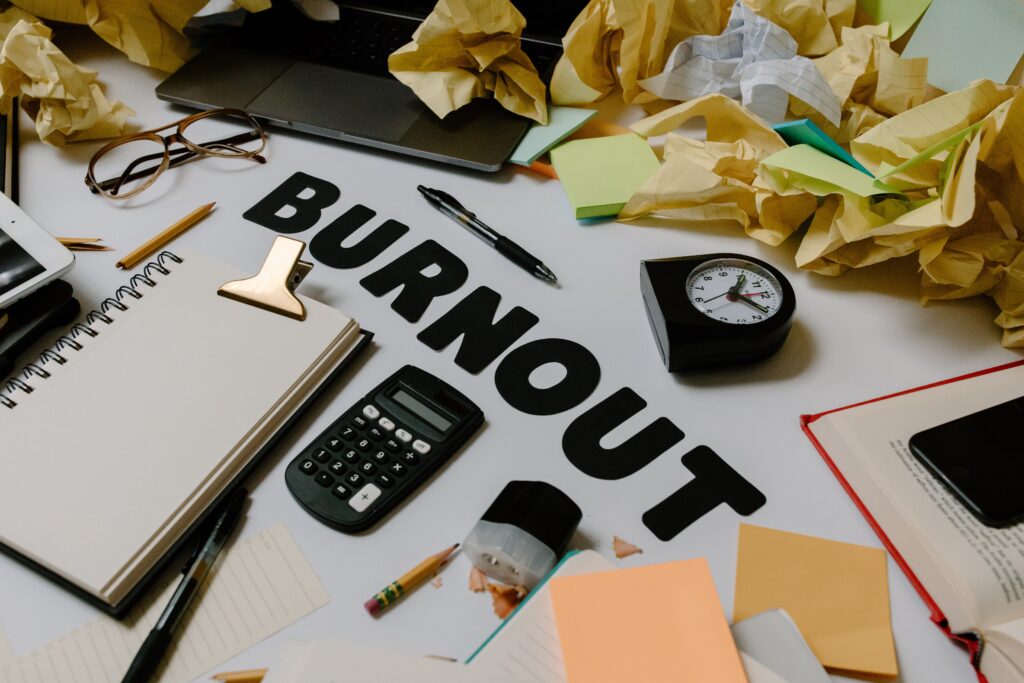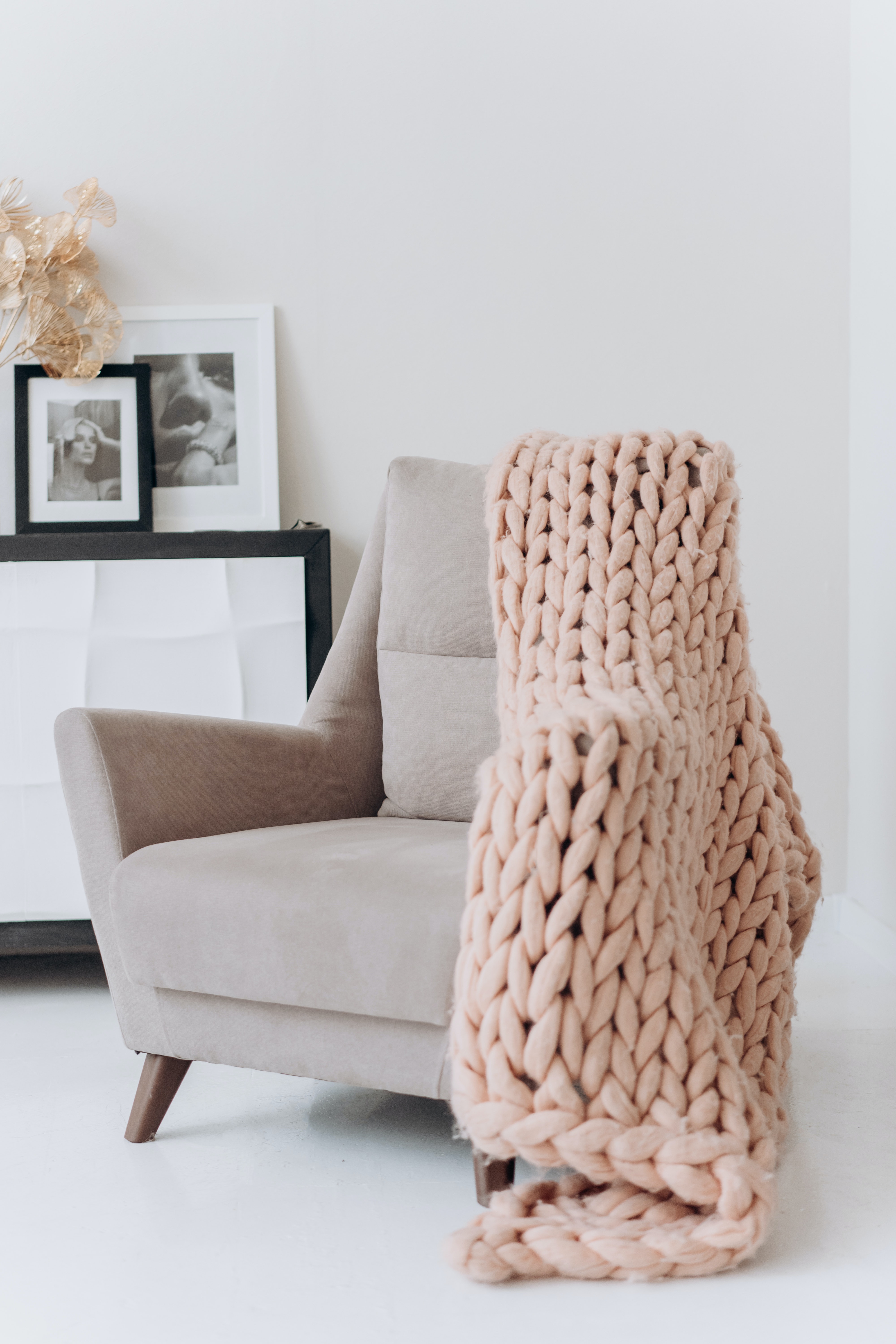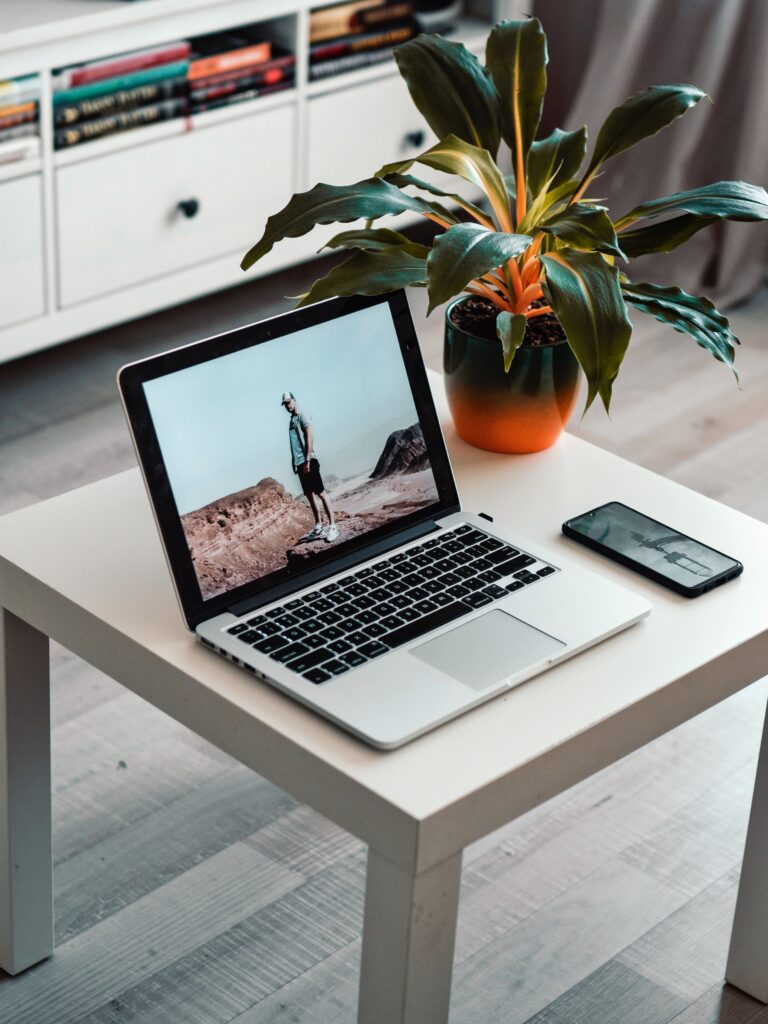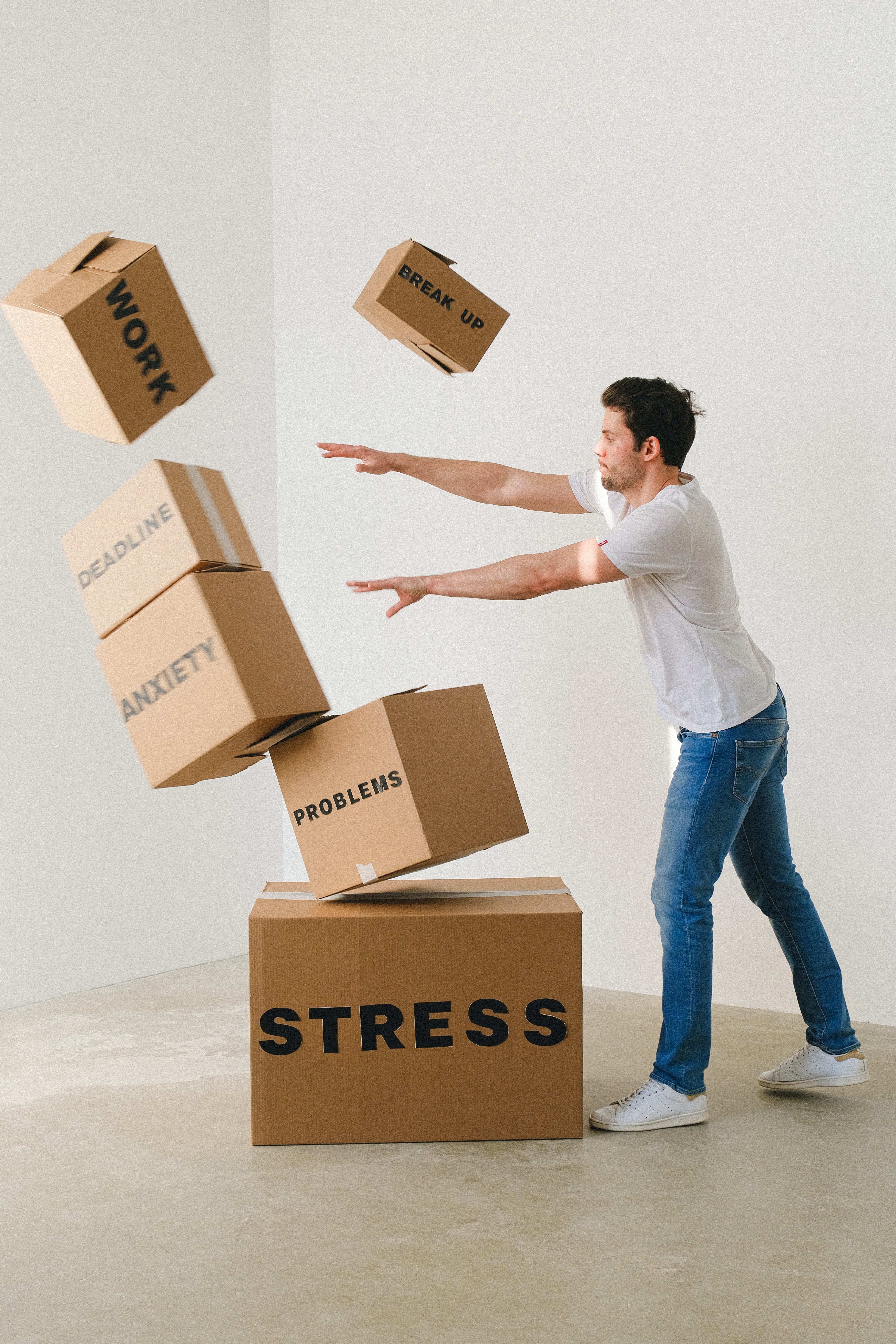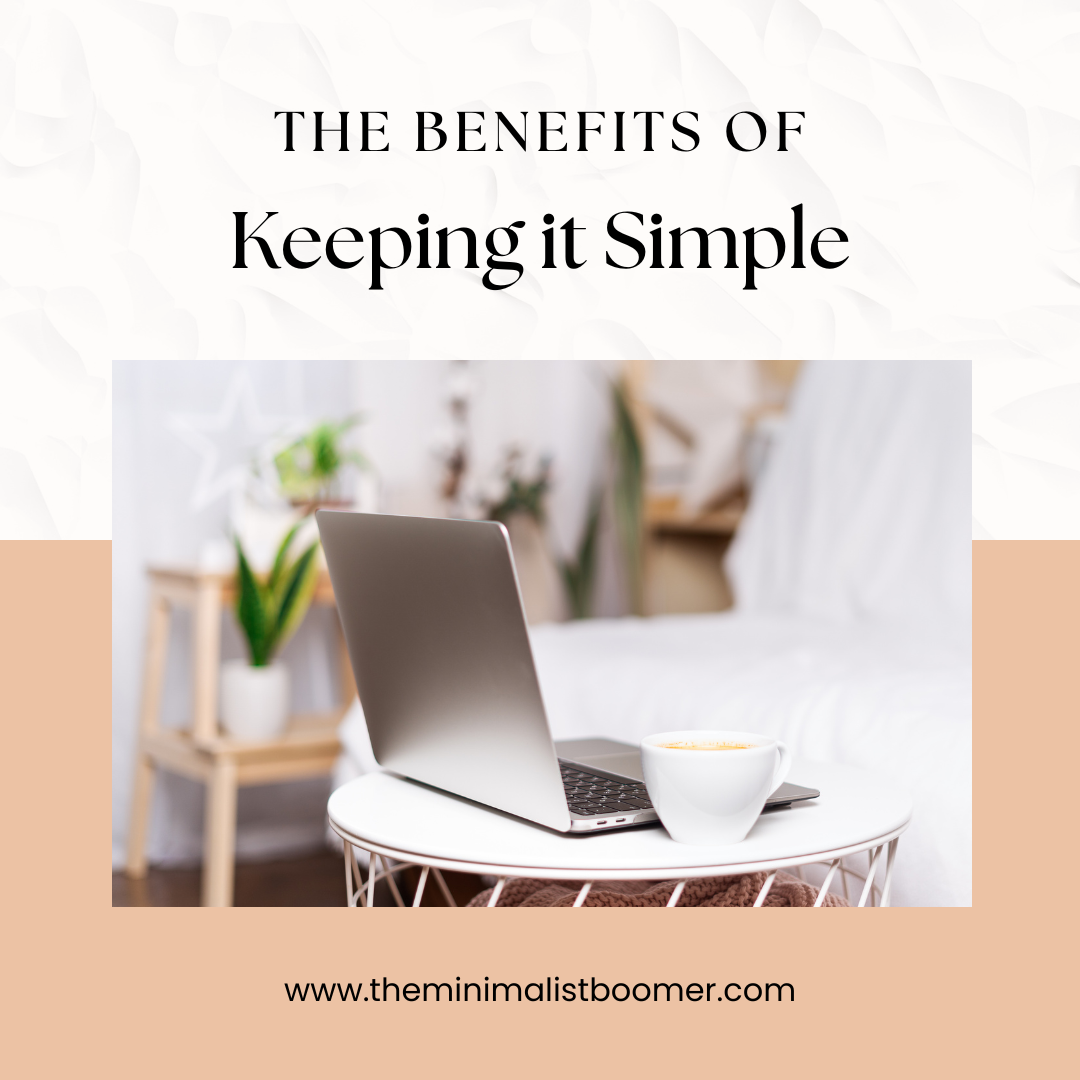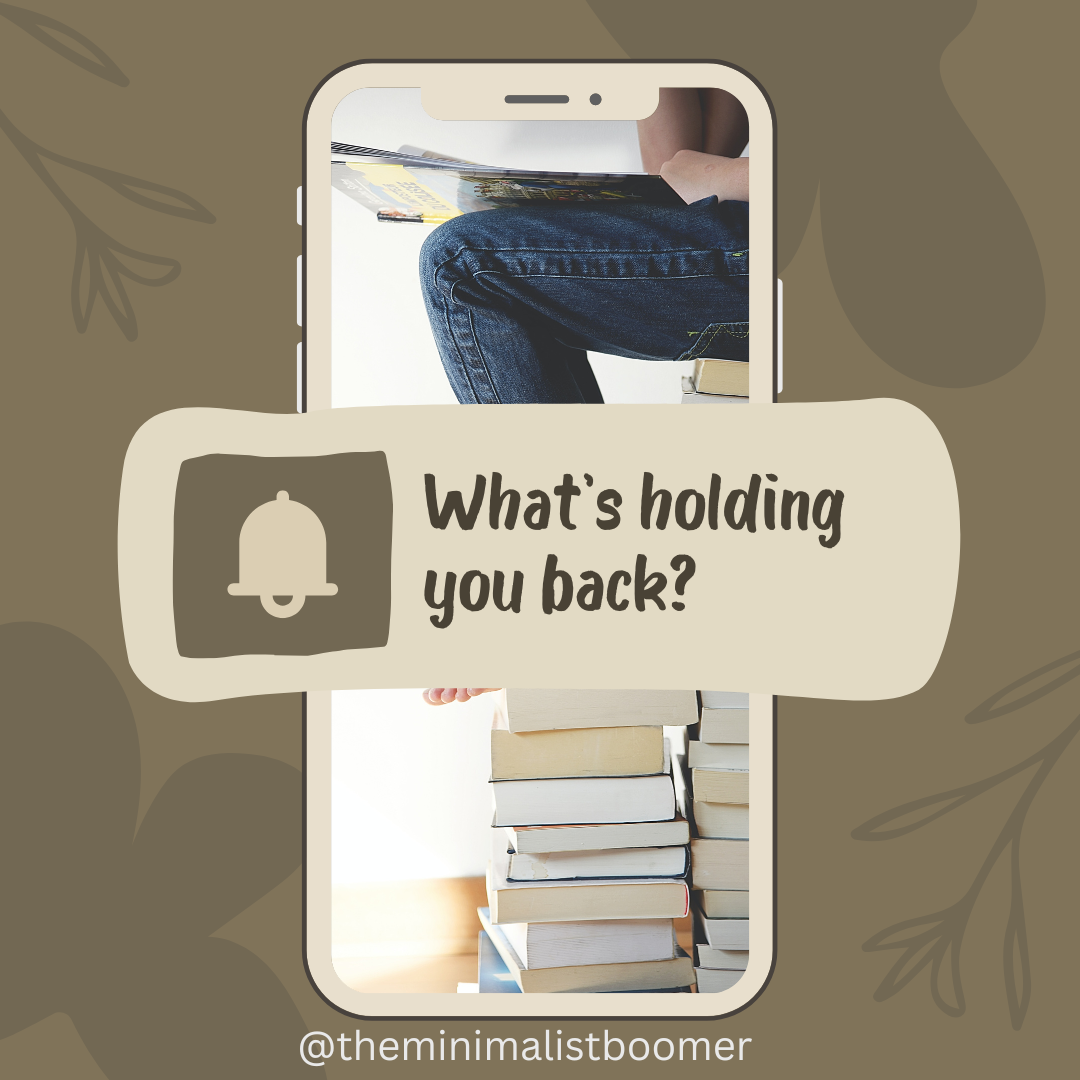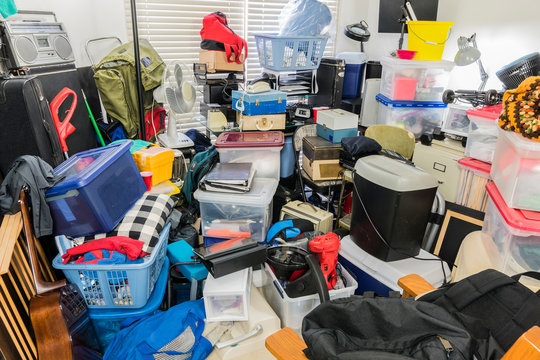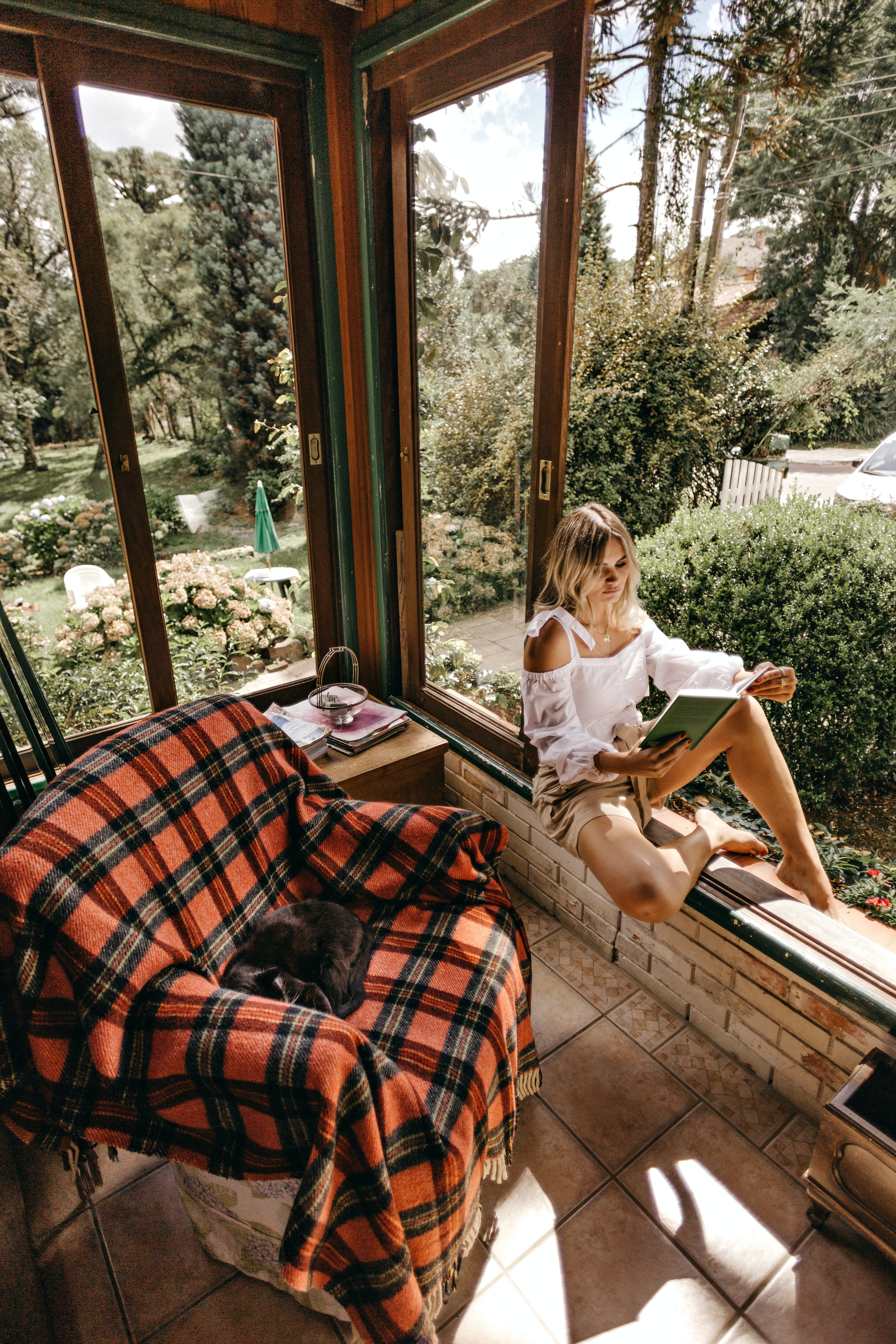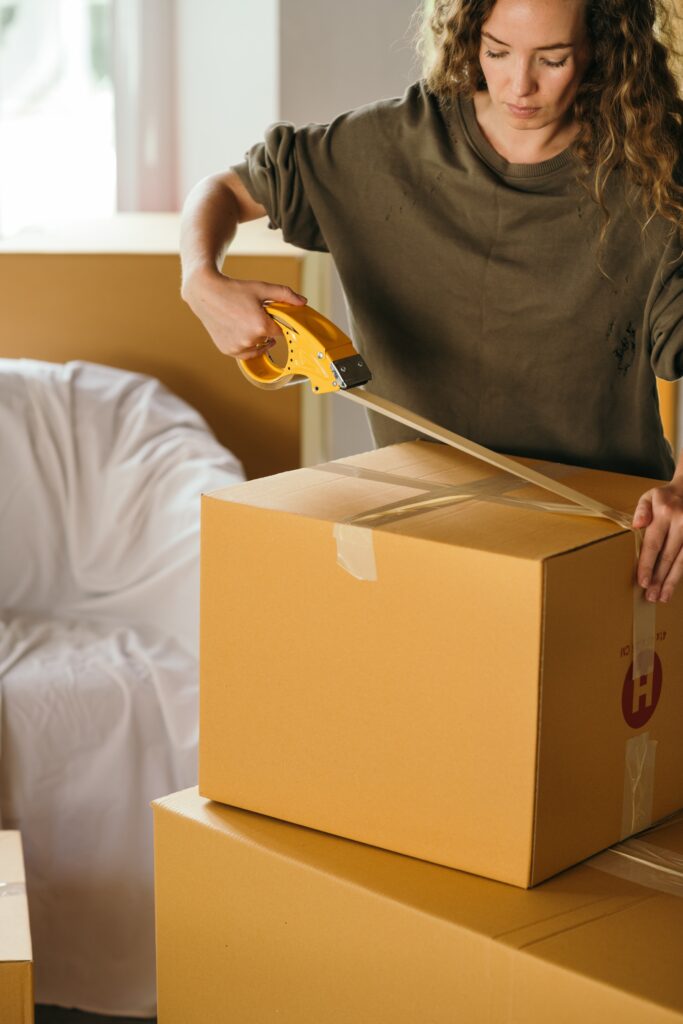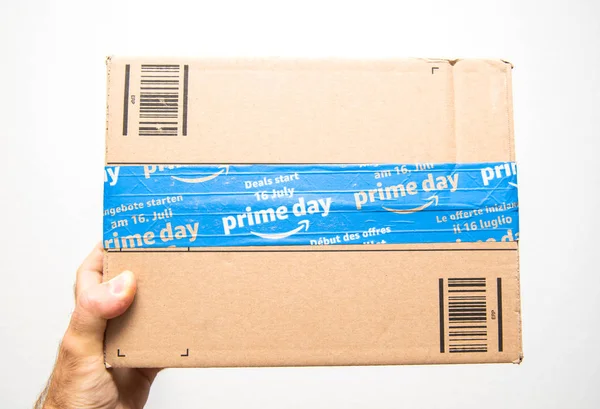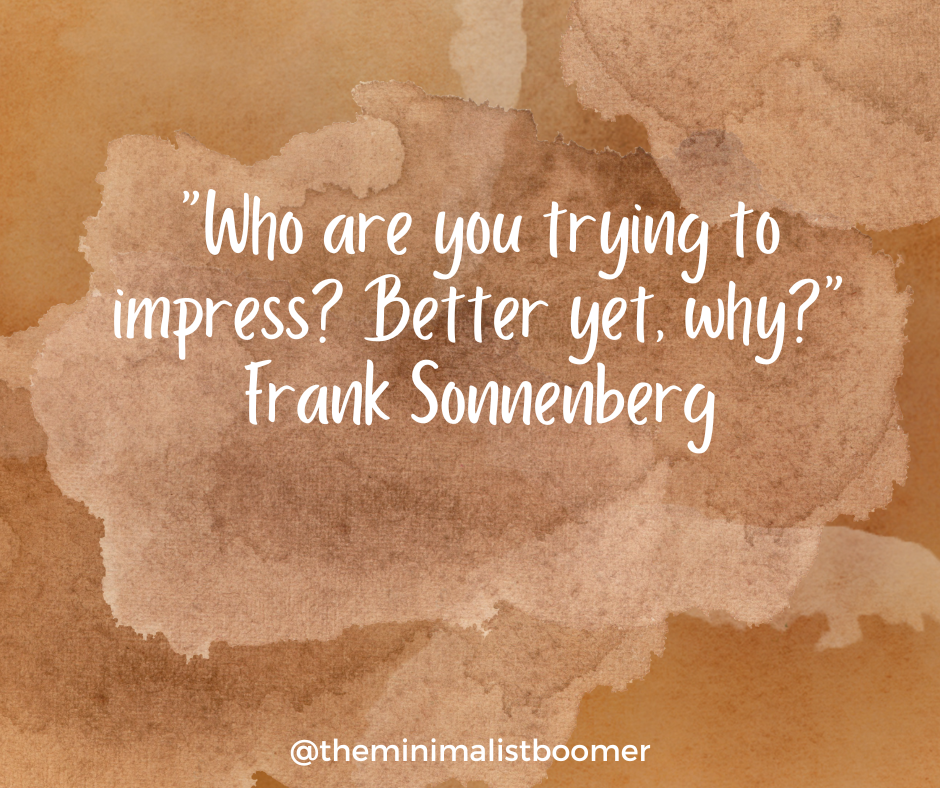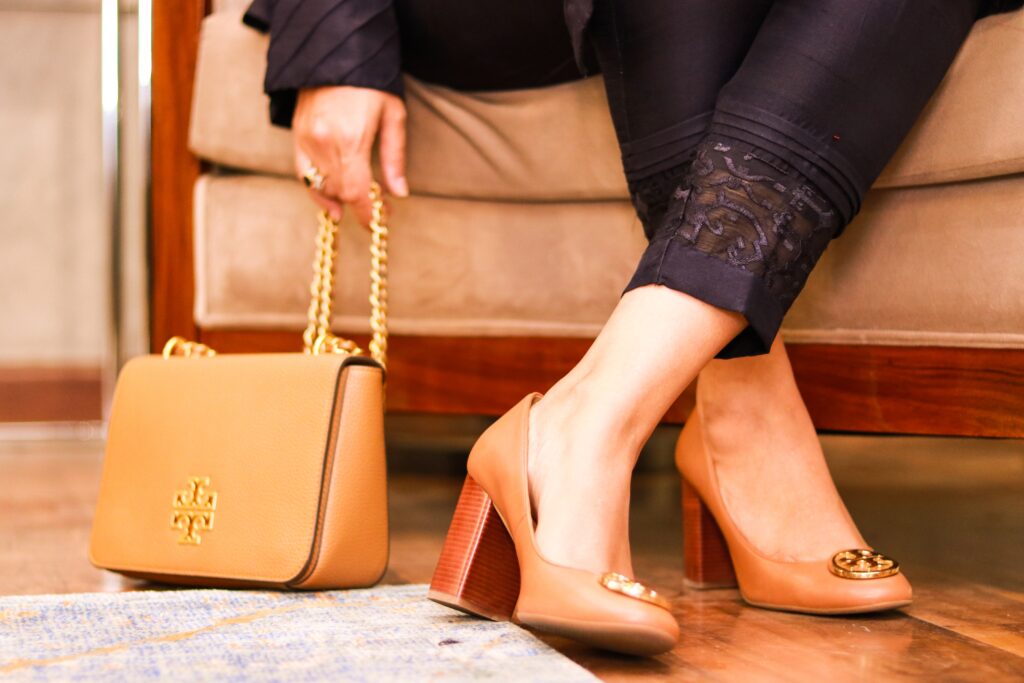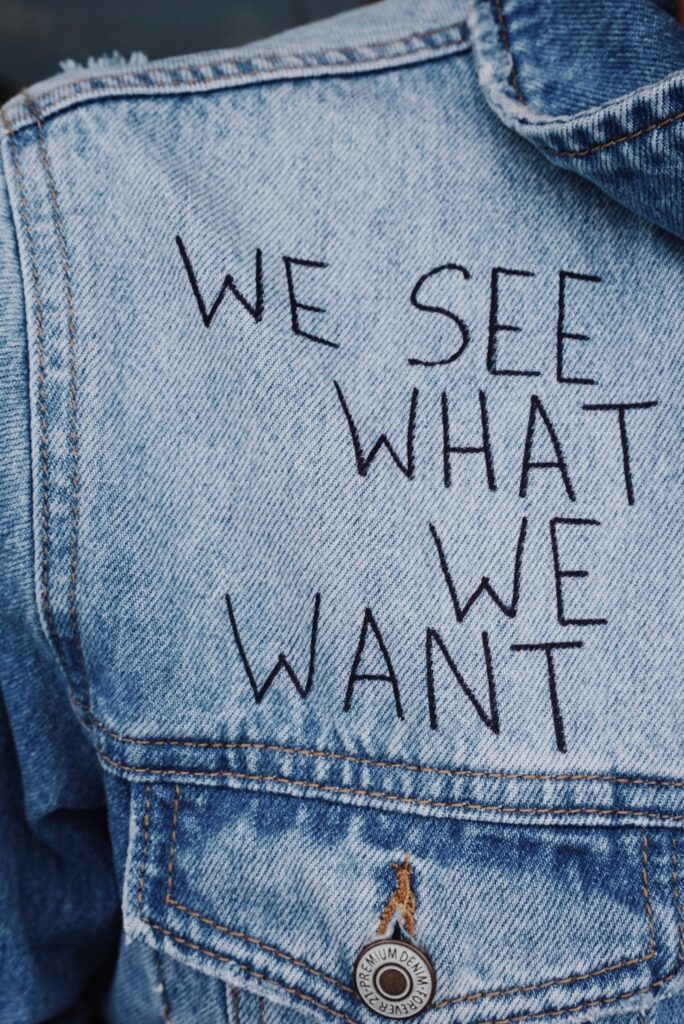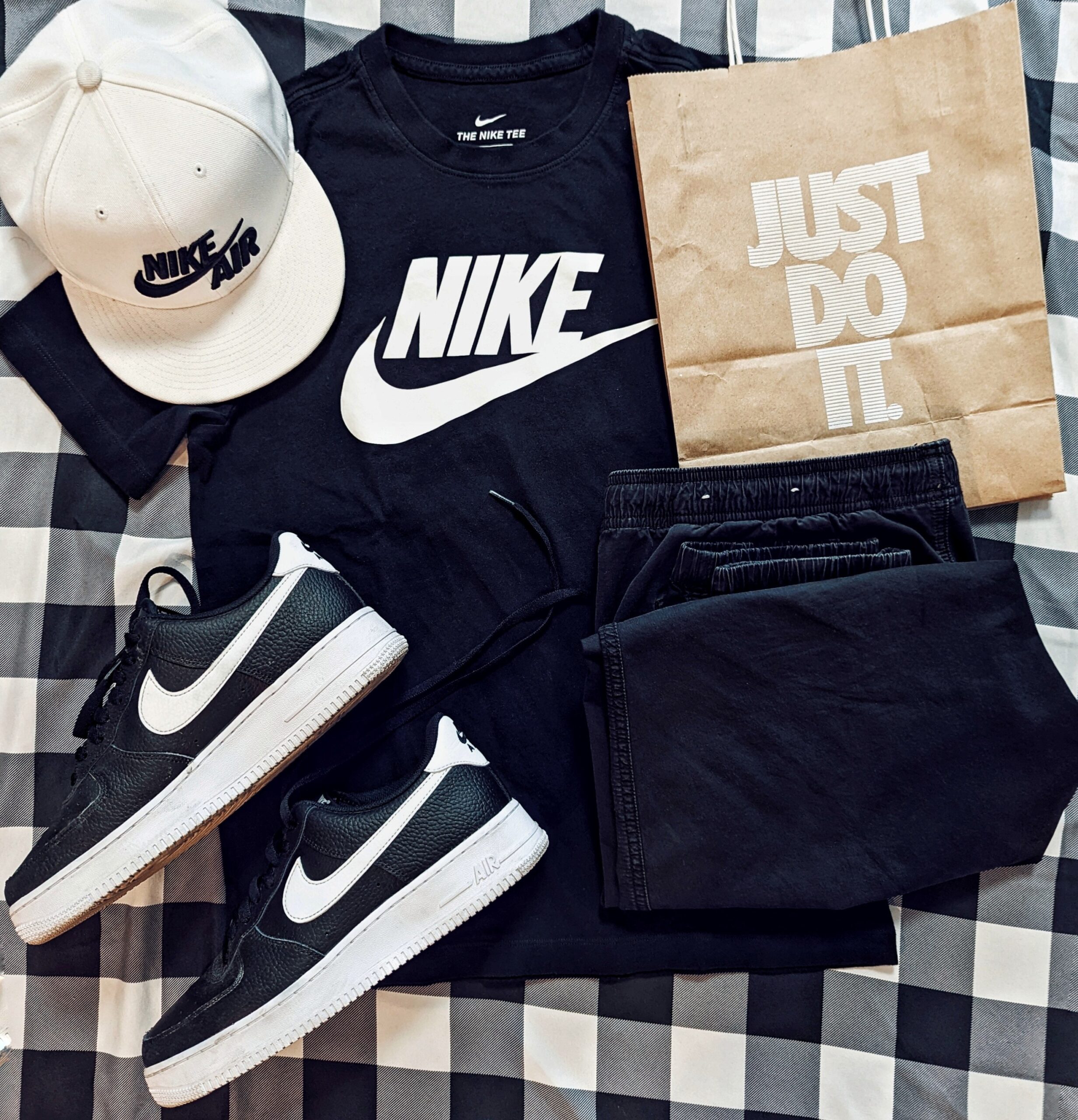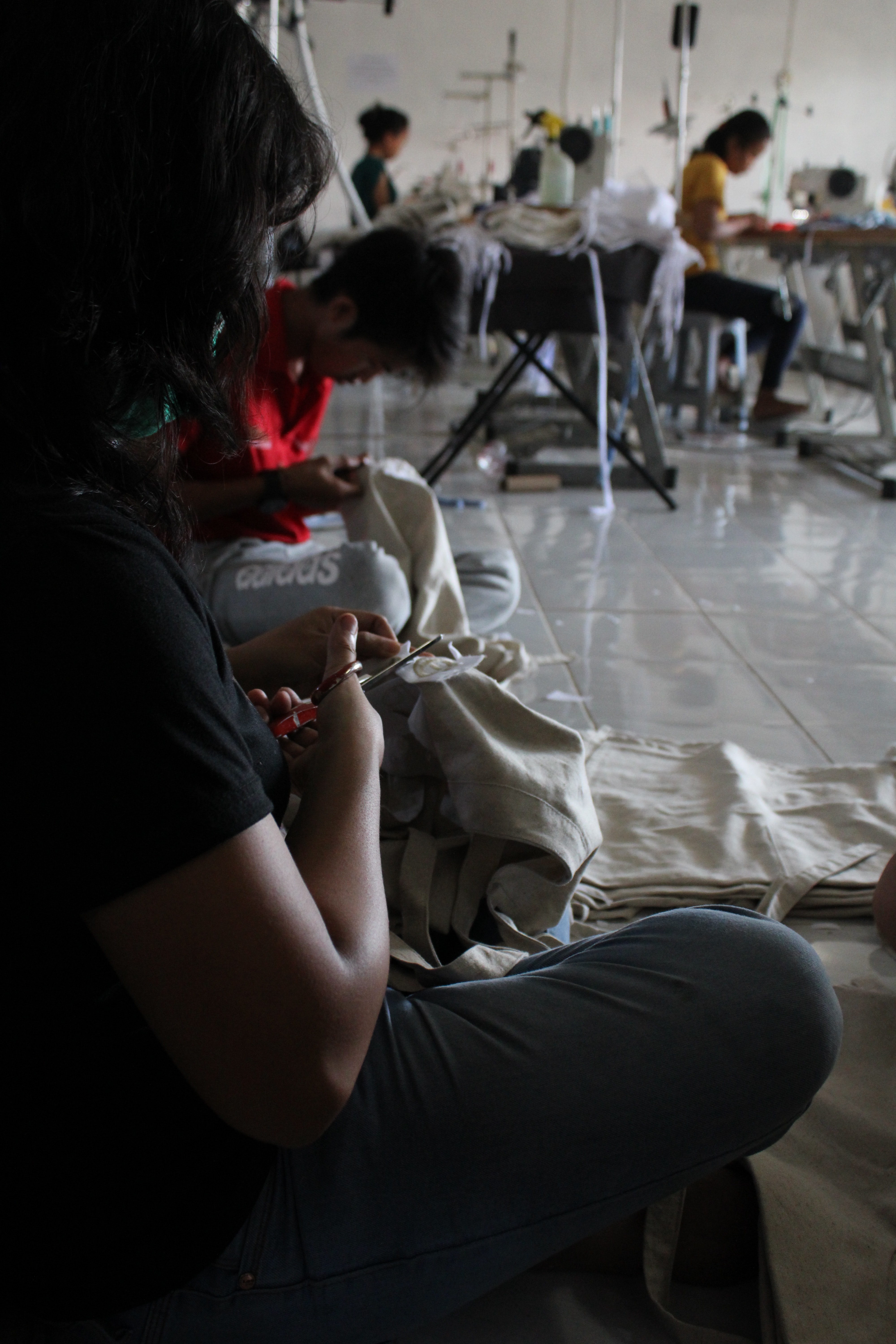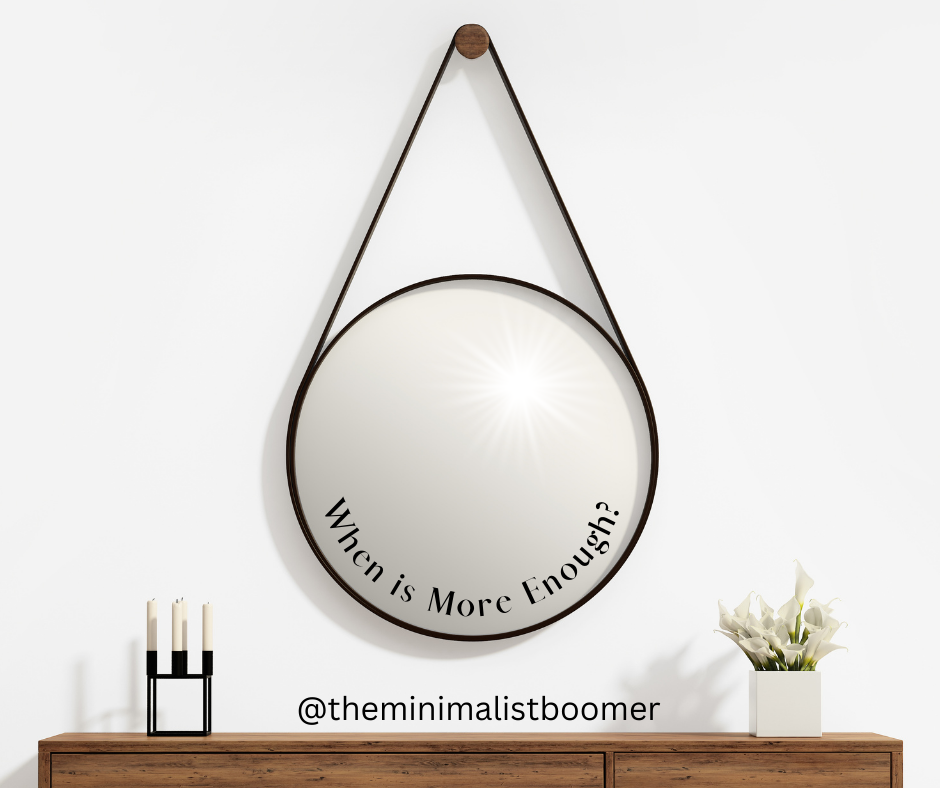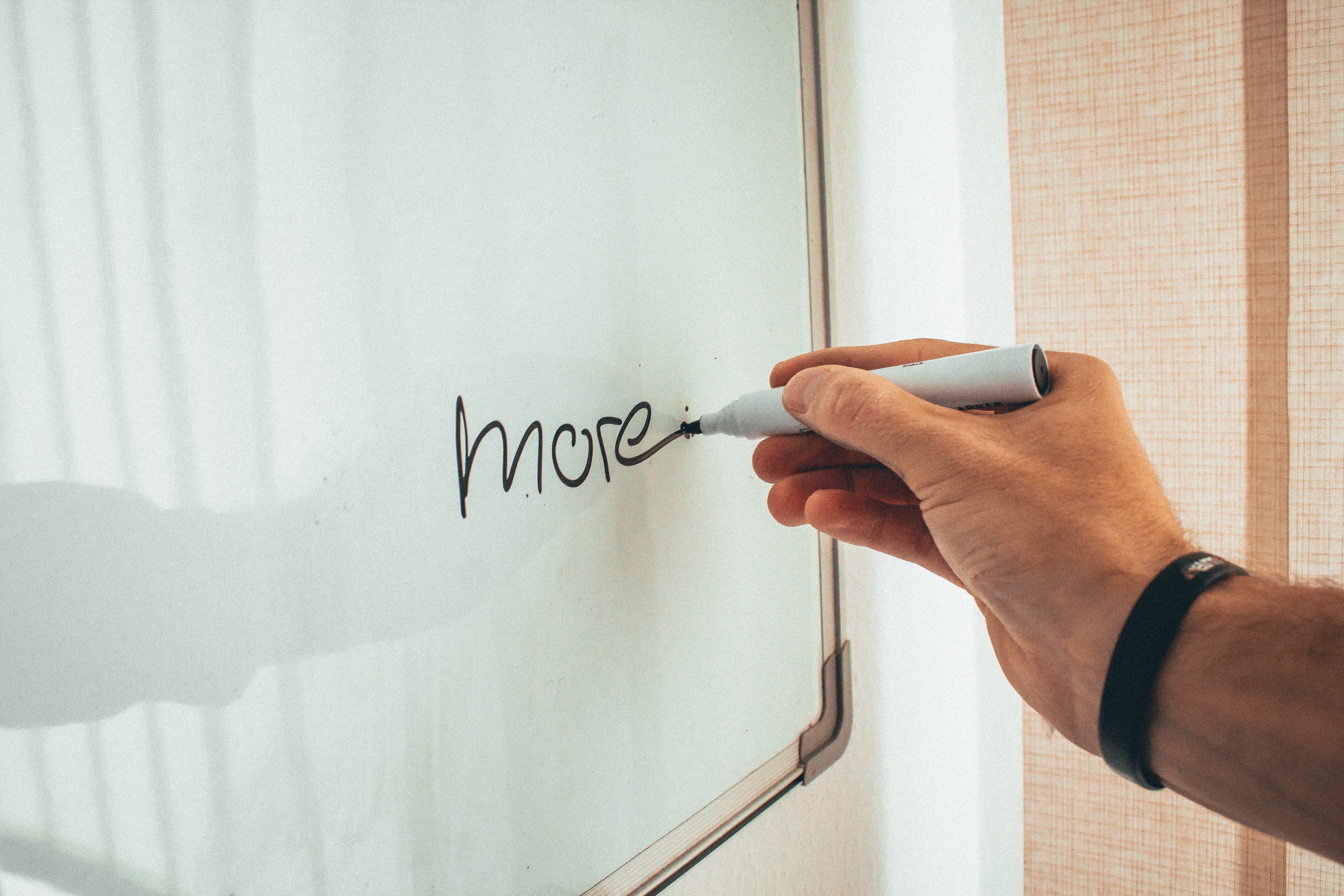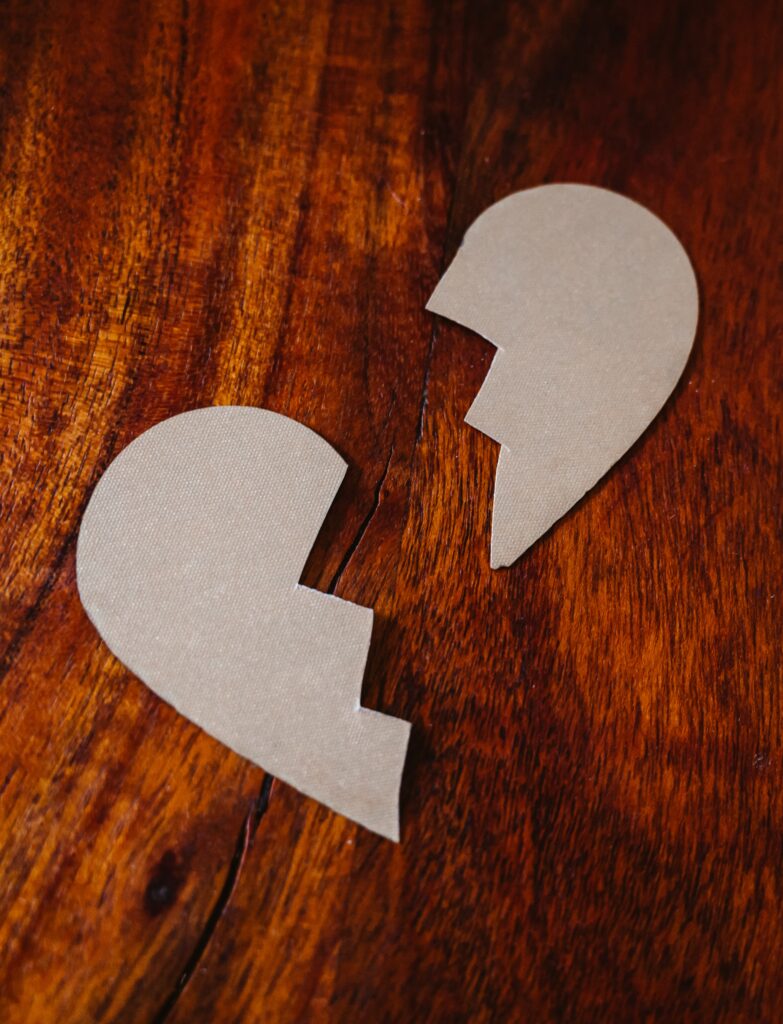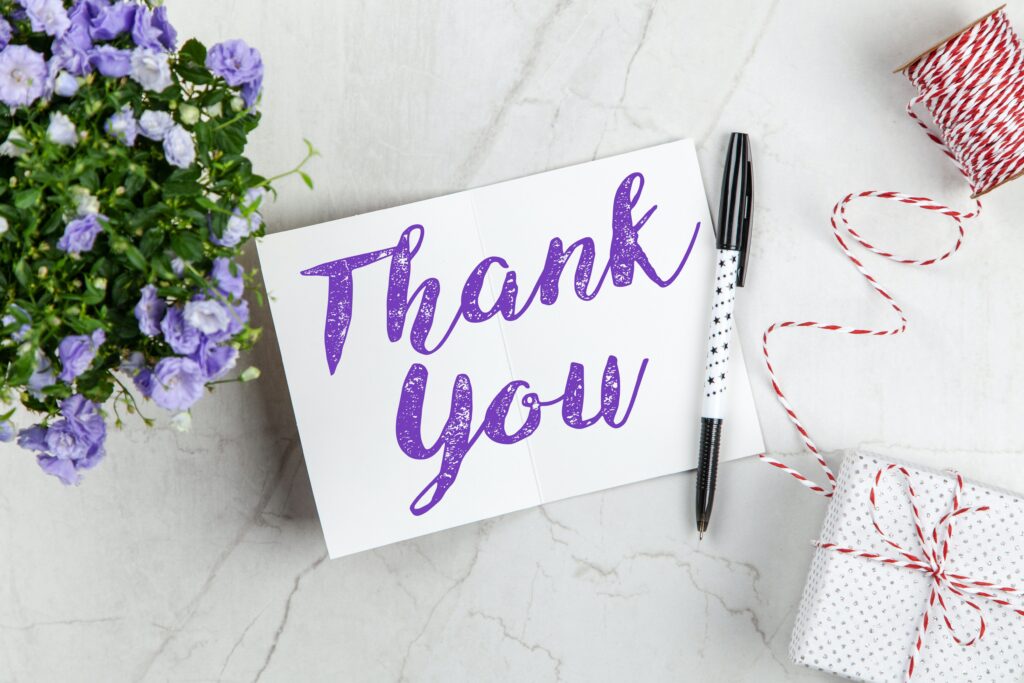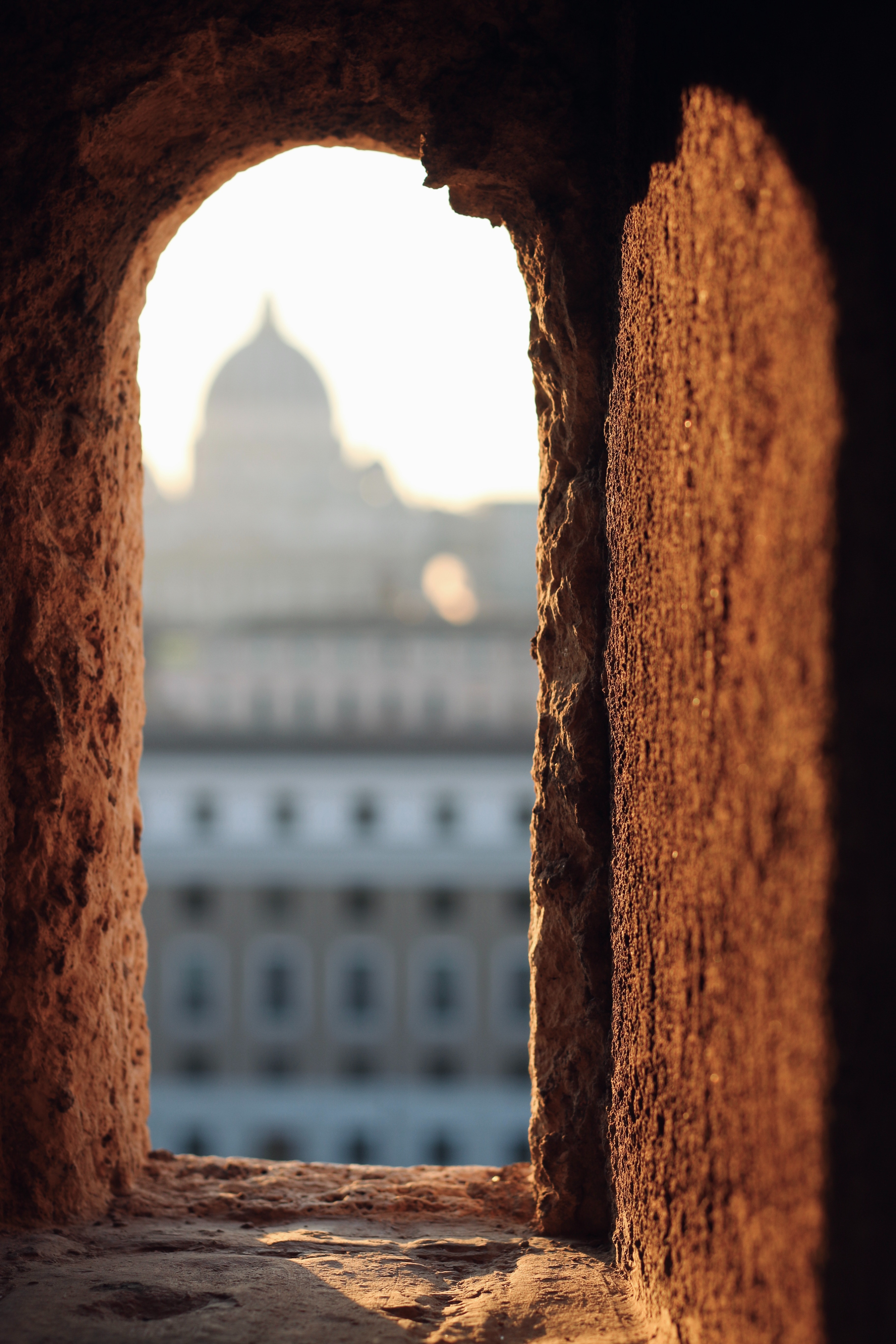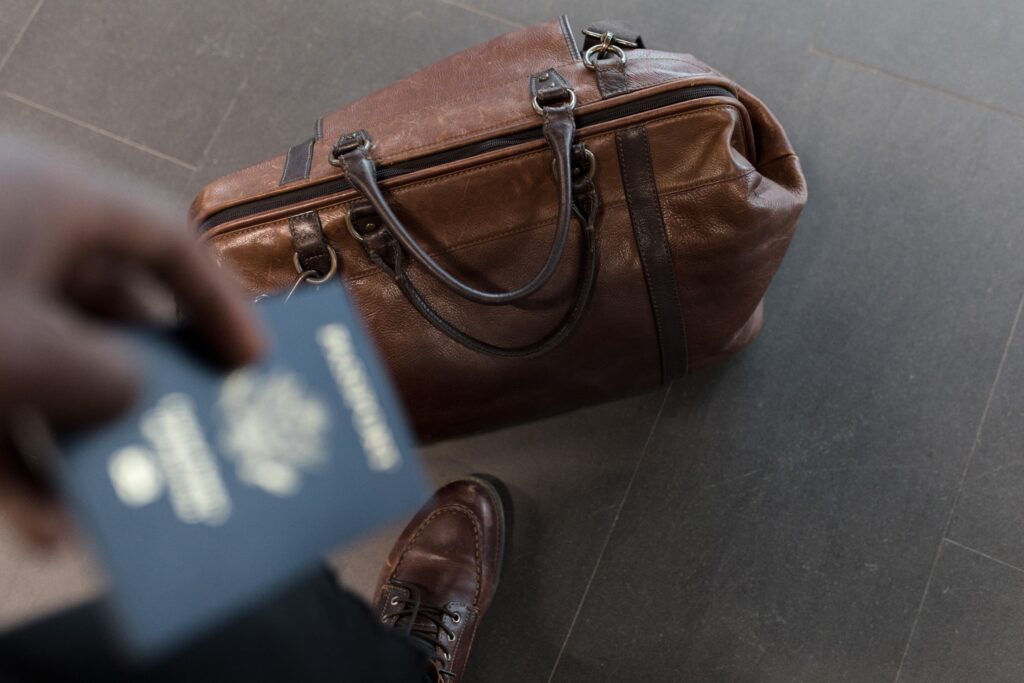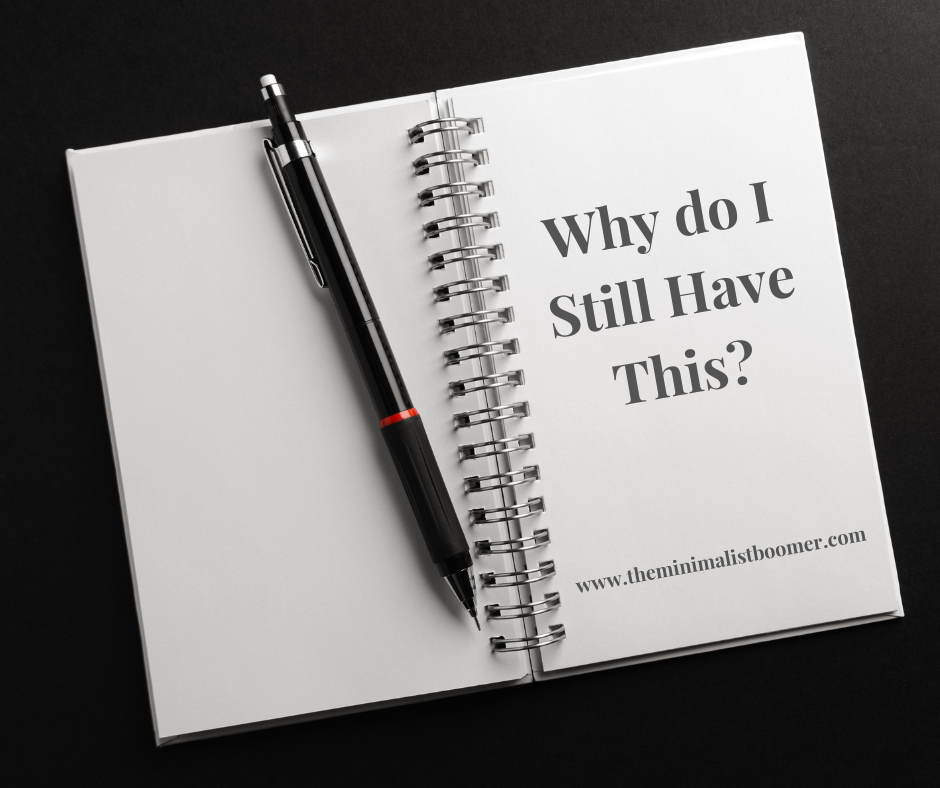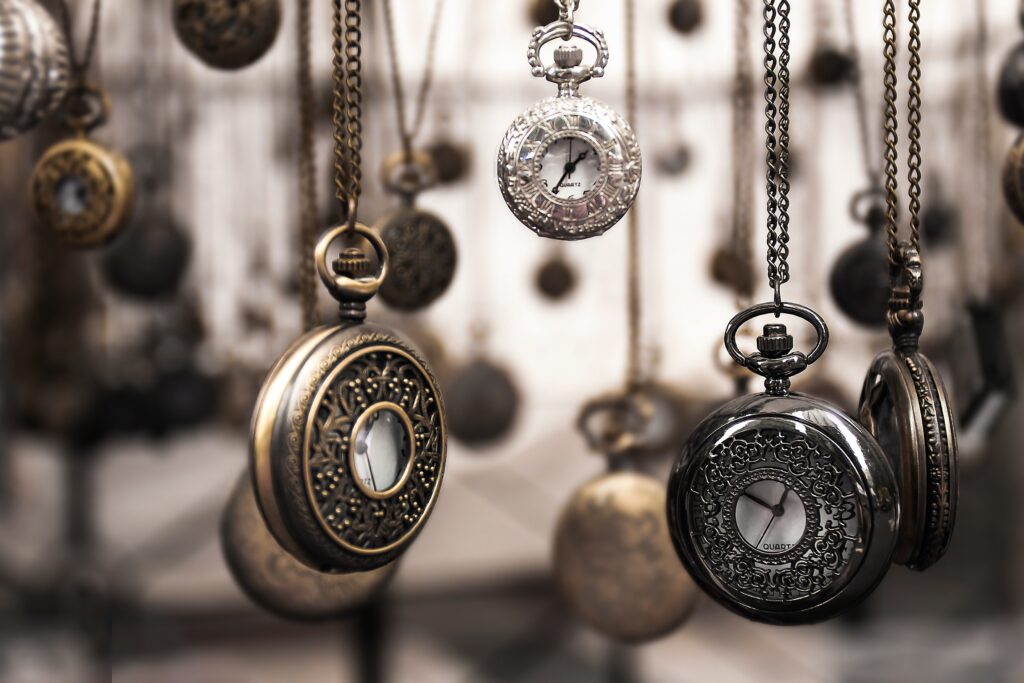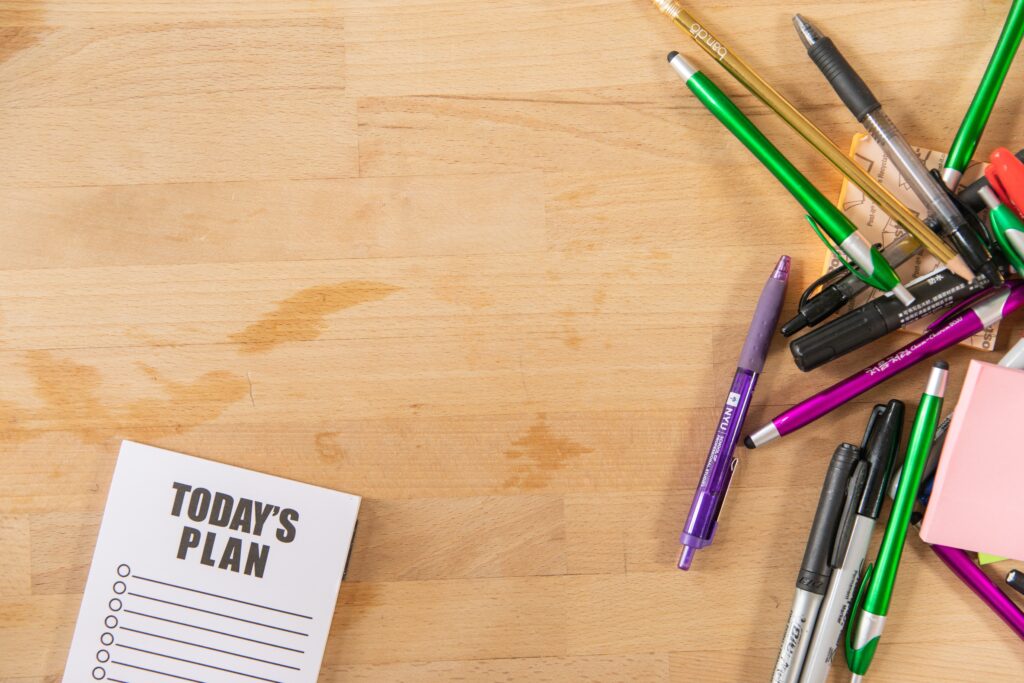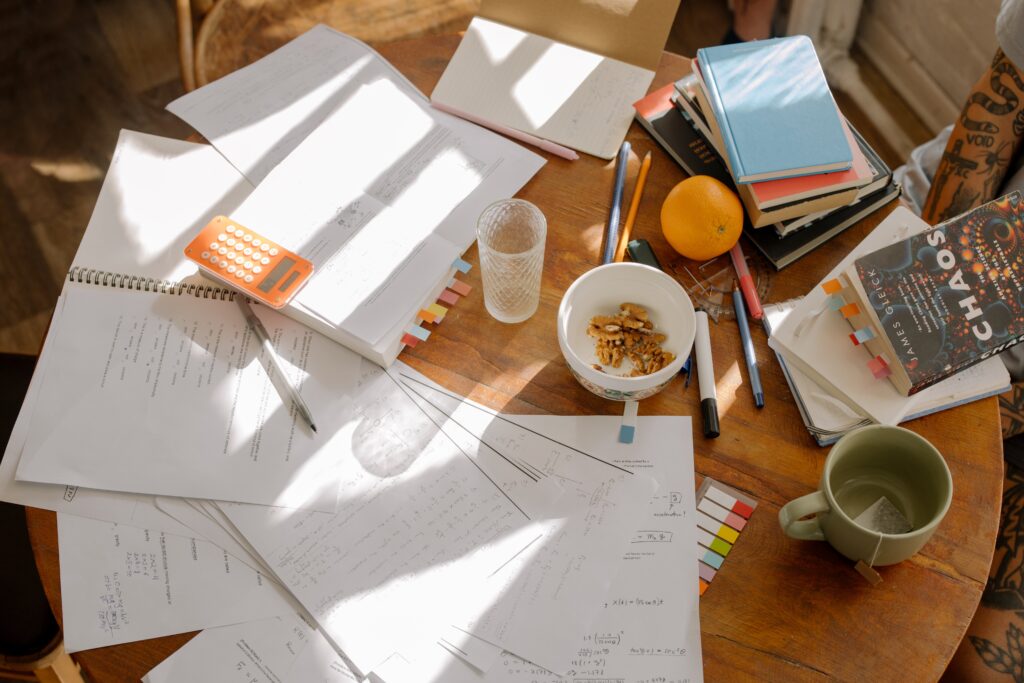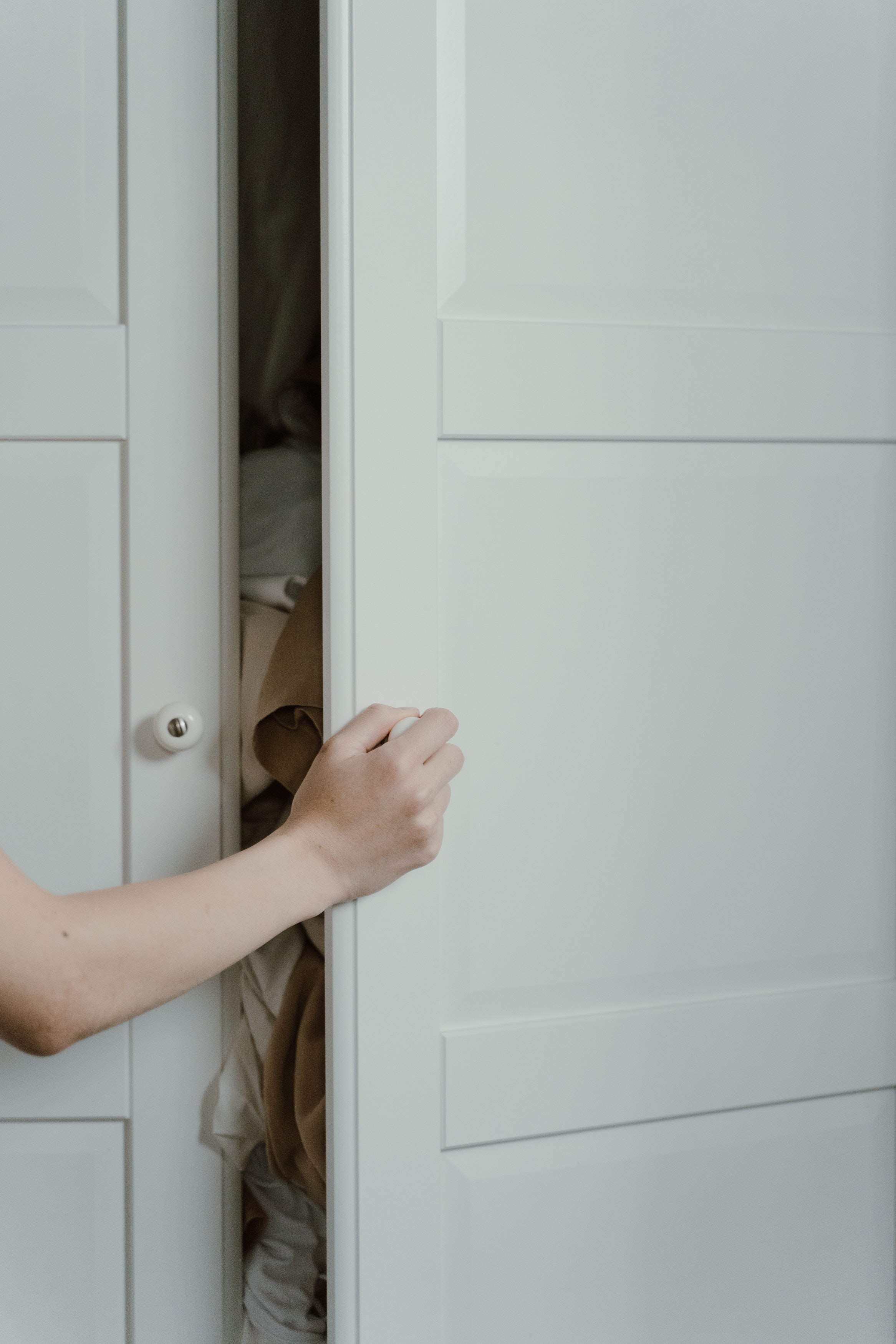Downsizing and decluttering might seem like a daunting task, especially when it’s about a lifetime of memories and possessions. But there’s a silver lining. It’s about learning to do more with less, living a simpler, uncluttered life, and enjoying the freedom that comes with it. For Baby Boomers, this change can bring both challenges and opportunities. With the right strategies and a positive mindset, it’s possible to make the process less stressful and more rewarding. I hope you’ll find some useful tips in this guide to help Boomers navigate the process of downsizing, decluttering, and adopting a simpler lifestyle.
The Benefits of Downsizing for Baby Boomers
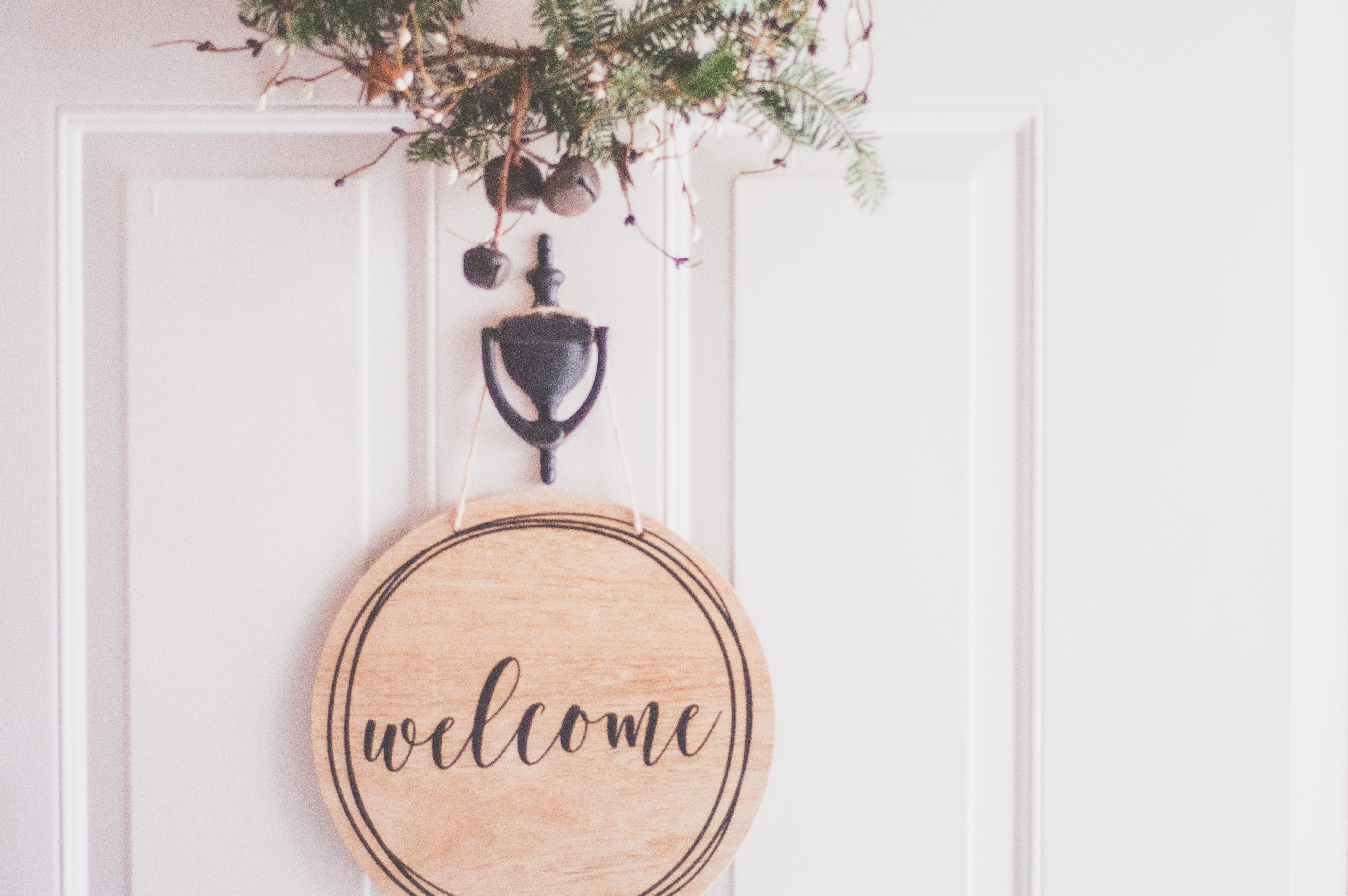
Creating a More Manageable Living Space
If you’re a baby boomer looking to simplify your life, downsizing can be a game-changer for you. By reducing the size of your living space, you can create a more manageable home that is easier to navigate and maintain. Imagine not having to spend hours cleaning rooms you rarely use or constantly searching for misplaced items in a cluttered home. With a smaller living space, everything becomes more accessible, allowing you to spend your time and energy on the things that matter most to you.
Reducing Stress and Anxiety
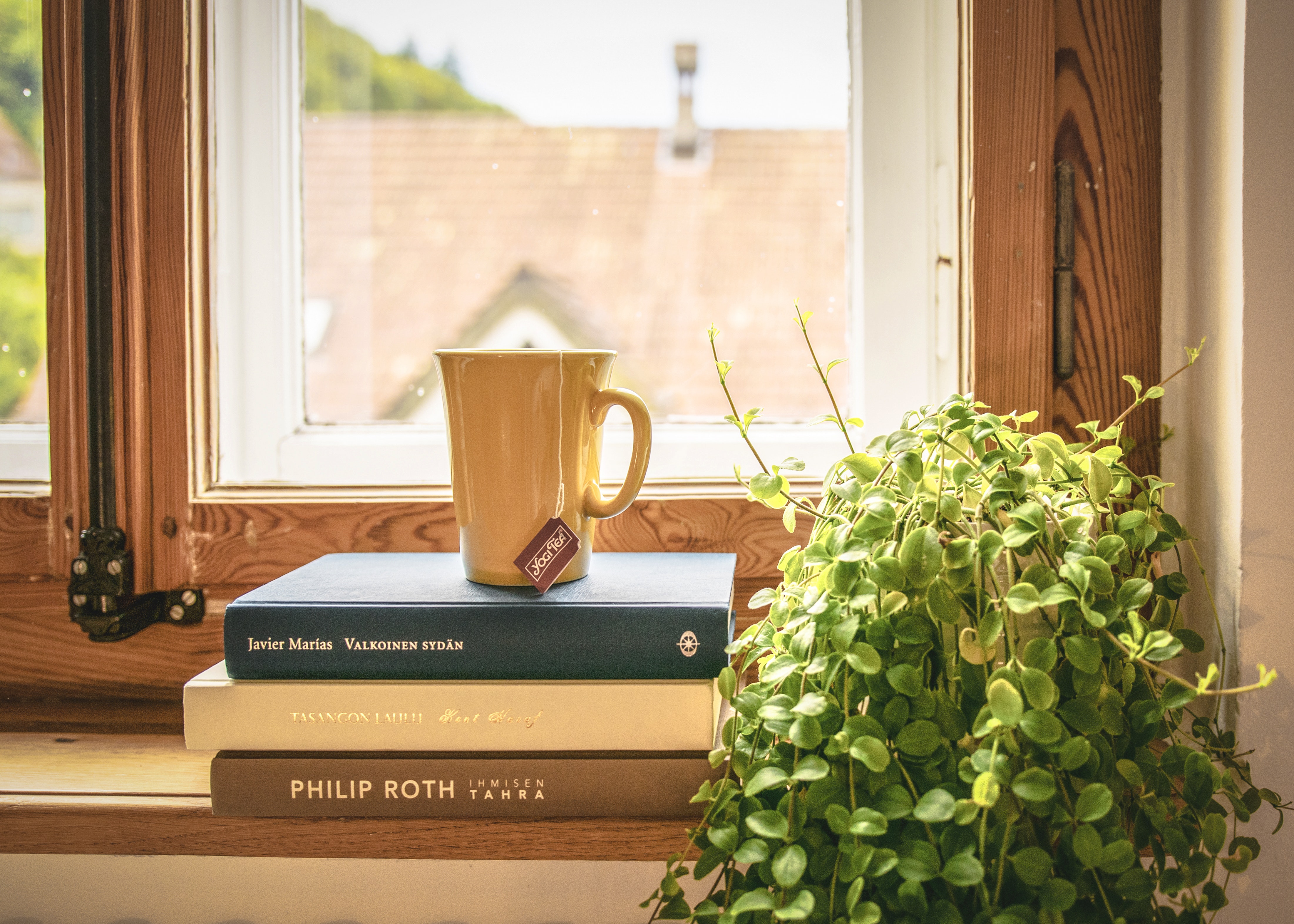
One of the greatest benefits of downsizing for baby boomers is the significant reduction in stress and anxiety. As we age, it becomes increasingly important to minimize the mental and physical strain that a cluttered and disorganized living space can cause. Downsizing provides an opportunity to let go of unnecessary possessions and create a more streamlined and peaceful environment. By eliminating the excess stuff, you can free yourself from the burden of constant upkeep and enjoy a more stress-free lifestyle.
Saving Money and Resources
Downsizing can also have a positive impact on your financial situation. By moving into a smaller home, you can significantly reduce your monthly expenses. Smaller spaces require less energy to heat and cool, resulting in lower utility bills. Downsizing often means reducing your property taxes and insurance costs. With the money saved, you can invest in experiences or hobbies that bring you joy, rather than spending it on maintaining a large and unnecessary living space.
Understanding the Psychology of Letting Go
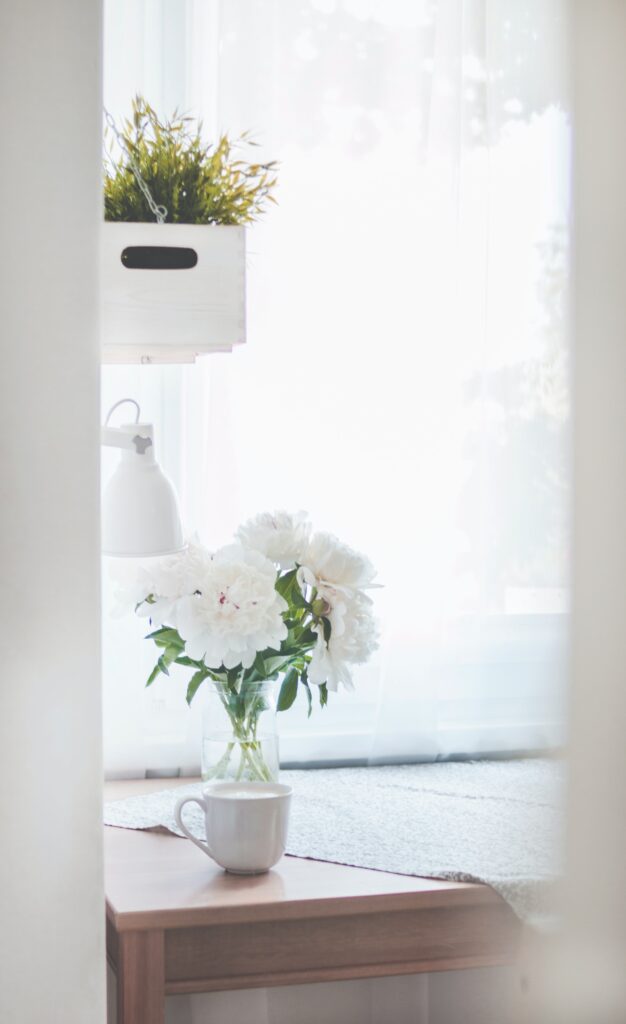
The process of letting go can be a complex and emotional one. Many boomers have lived through decades of accumulating belongings, each holding a story or memory. These possessions often become intertwined with our identity and sense of self. The thought of parting with these items can create feelings of loss, anxiety, and even guilt. However, understanding the psychology behind these emotions is crucial in helping boomers navigate through this process.
To begin with, it’s essential to acknowledge and validate these emotions. By recognizing the significance of our possessions and the feelings associated with them, we can gain a better understanding of our own attachment. Having open and honest conversations about these belongings can help us reflect on why certain items hold such sentimental value. By doing so, we can gradually detach our emotions from the physical objects and shift our focus toward the memories and experiences they represent.
Strategies for Sorting and Categorizing Items
When faced with a household full of possessions, the task of sorting through them can seem overwhelming. Boomers may find it challenging to know where to begin. That’s where effective strategies for sorting and categorizing items come into play. Here are a few techniques that can simplify the process and make it more manageable:
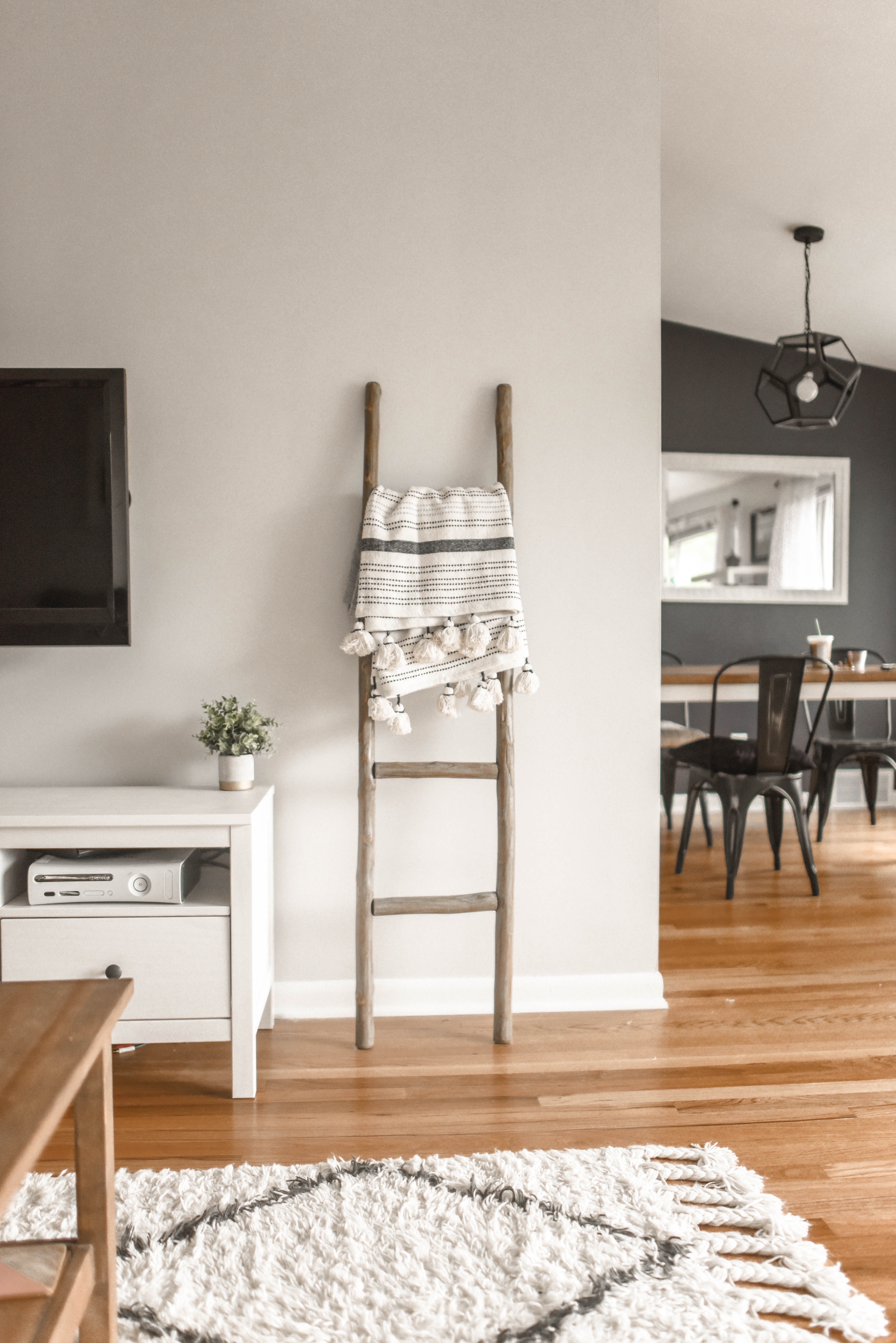
- Start small and set achievable goals: Breaking down the sorting process into smaller tasks can help you feel less overwhelmed. Set specific goals for each session, such as decluttering a specific room or tackling a particular category of items (e.g., clothing, books, or kitchenware).
- Use the “keep, donate, discard” method: Create three distinct categories for your belongings: items you wish to keep, items you can donate or give away, and items you should toss. This method allows you to make clear decisions about each item and prevents unnecessary clutter from re-entering your living spaces.
- Focus on functionality and usefulness: Prioritize items based on your current needs and lifestyle. Consider whether an item serves a practical purpose or brings you joy in your day-to-day life. By shifting your focus from sentimental value to practicality, you can make more objective decisions about what to keep and what to let go.
Finding New Homes for Beloved Possessions

After identifying the things you wish to part with, you may still struggle with the thought of them ending up in a landfill or being forgotten. Finding new homes for precious possessions can help alleviate this concern and provide you with a sense of closure. Here are some avenues to explore:
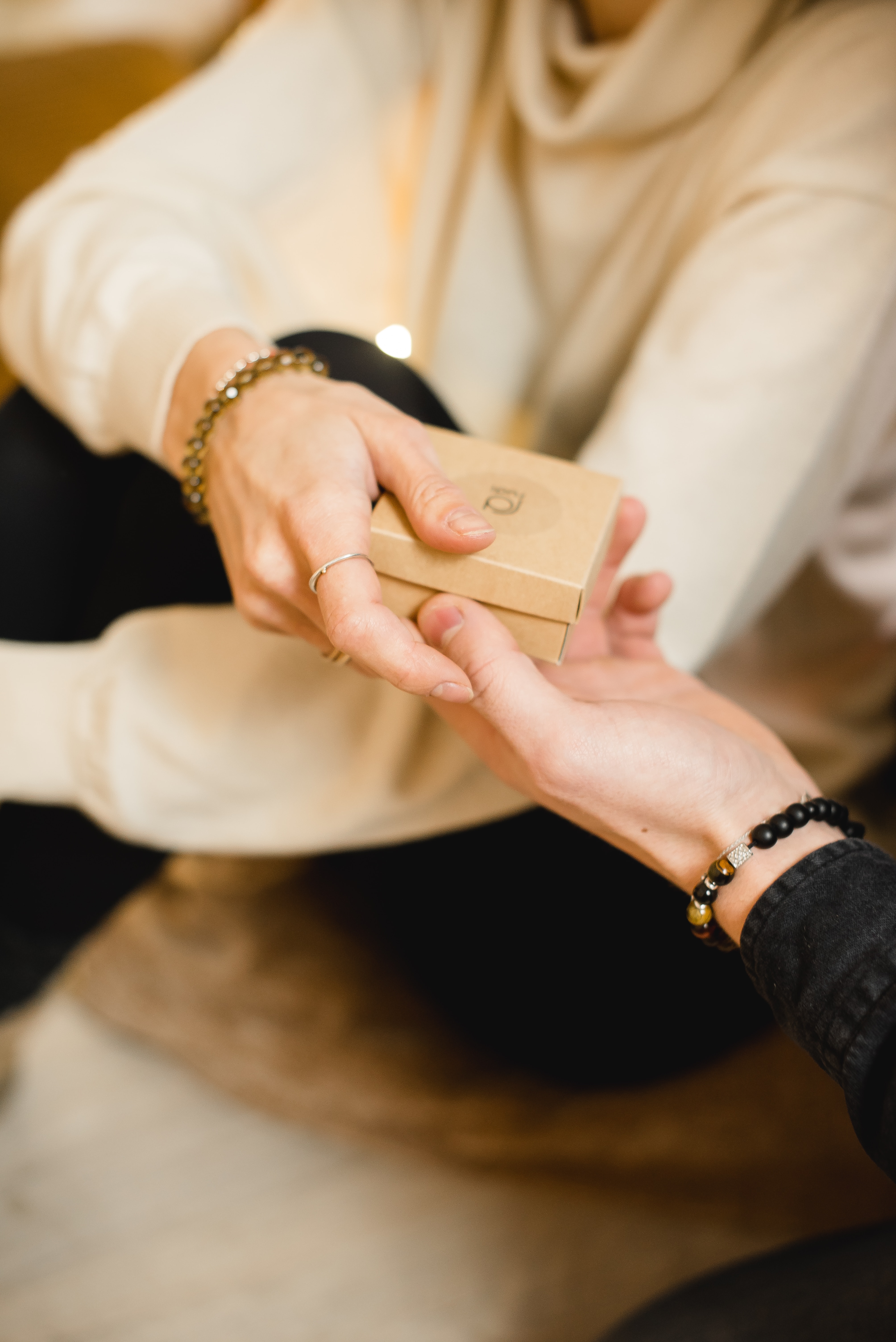
- Passing items on to loved ones: You may want to consider gifting sentimental items to family members or close friends who have expressed an interest. Knowing that cherished possessions will be appreciated and cared for by someone you know can bring peace of mind.
- Donating to charitable organizations: Research local charities or nonprofit organizations that accept donations of gently used items. By giving your possessions to those in need, you may feel a sense of fulfillment knowing that these belongings will continue to serve a purpose.
- Selling valuable items: If you have valuable possessions that you no longer need, consider exploring online marketplaces or consignment stores where you can sell these items. Knowing that your belongings will find new owners who appreciate their worth can make the process of letting go more rewarding.
Seeking Assistance from Friends and Family
Decluttering can be an emotional journey, especially when it involves sentimental items or memories from the past. In such cases, seeking assistance from friends and family can provide much-needed support and guidance. Reach out to loved ones who can offer a fresh perspective and help you make difficult decisions. Their presence can also make the process more enjoyable and less challenging. Involving others in the decluttering process creates a sense of community and shared responsibility. Remember, you don’t have to go through this alone; with the help of your loved ones, decluttering can become a collaborative and rewarding experience.
Decluttering is a journey, and it’s important to be patient and kind to yourself throughout the process. Stay focused on the end goal and celebrate each milestone along the way. With these practical tips, you’ll be well on your way to downsizing and embracing a simpler, more fulfilling life.

Although downsizing and decluttering can be challenging, it is important for boomers to focus on the positive aspects and benefits that come with this process. Downsizing allows for a simpler, more manageable lifestyle, reducing stress and freeing up time and resources for new experiences. It can also provide financial advantages, such as lower utility and maintenance costs. By embracing the opportunities that downsizing brings, baby boomers can create a brighter future filled with more meaningful moments and less unnecessary clutter.

